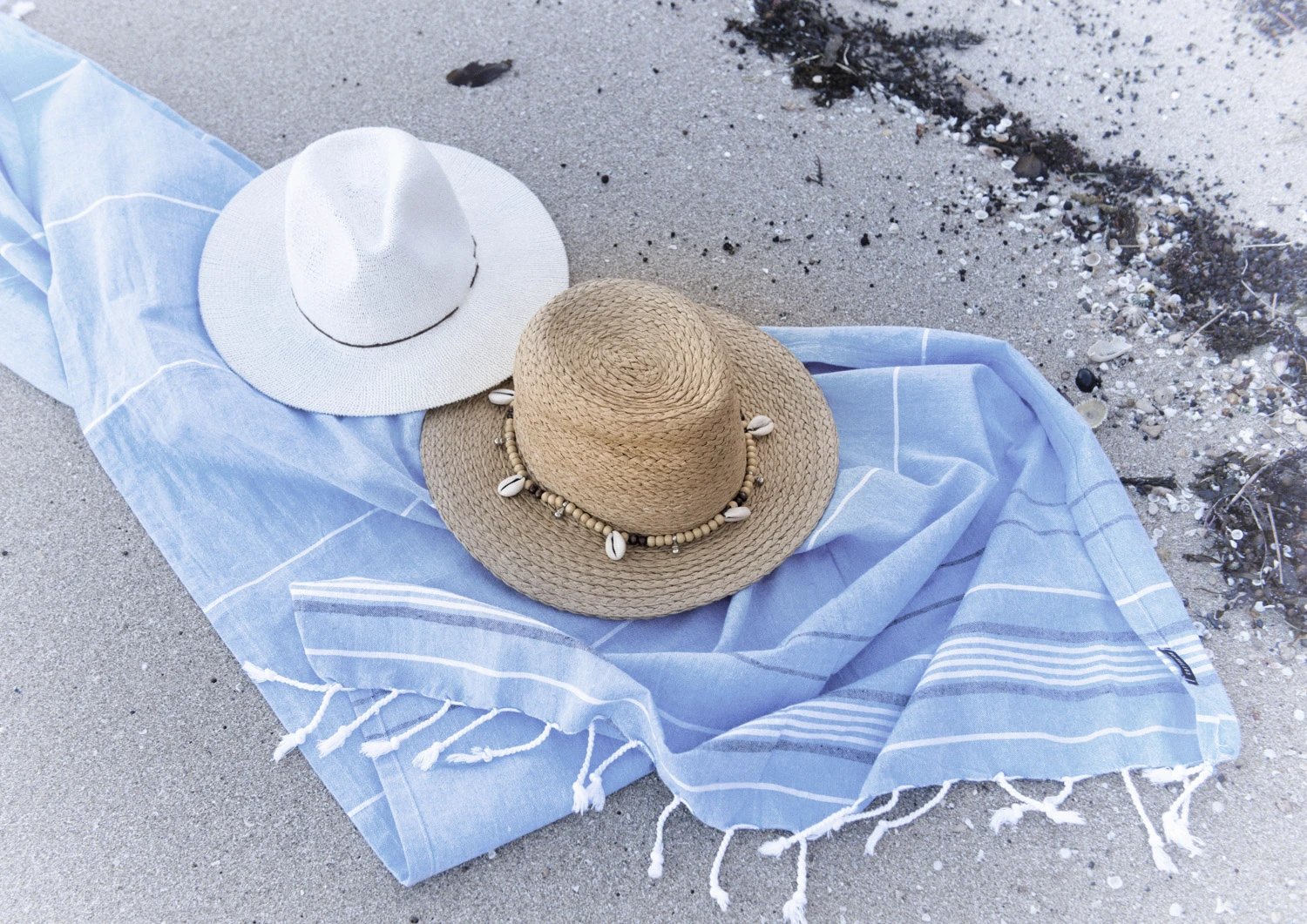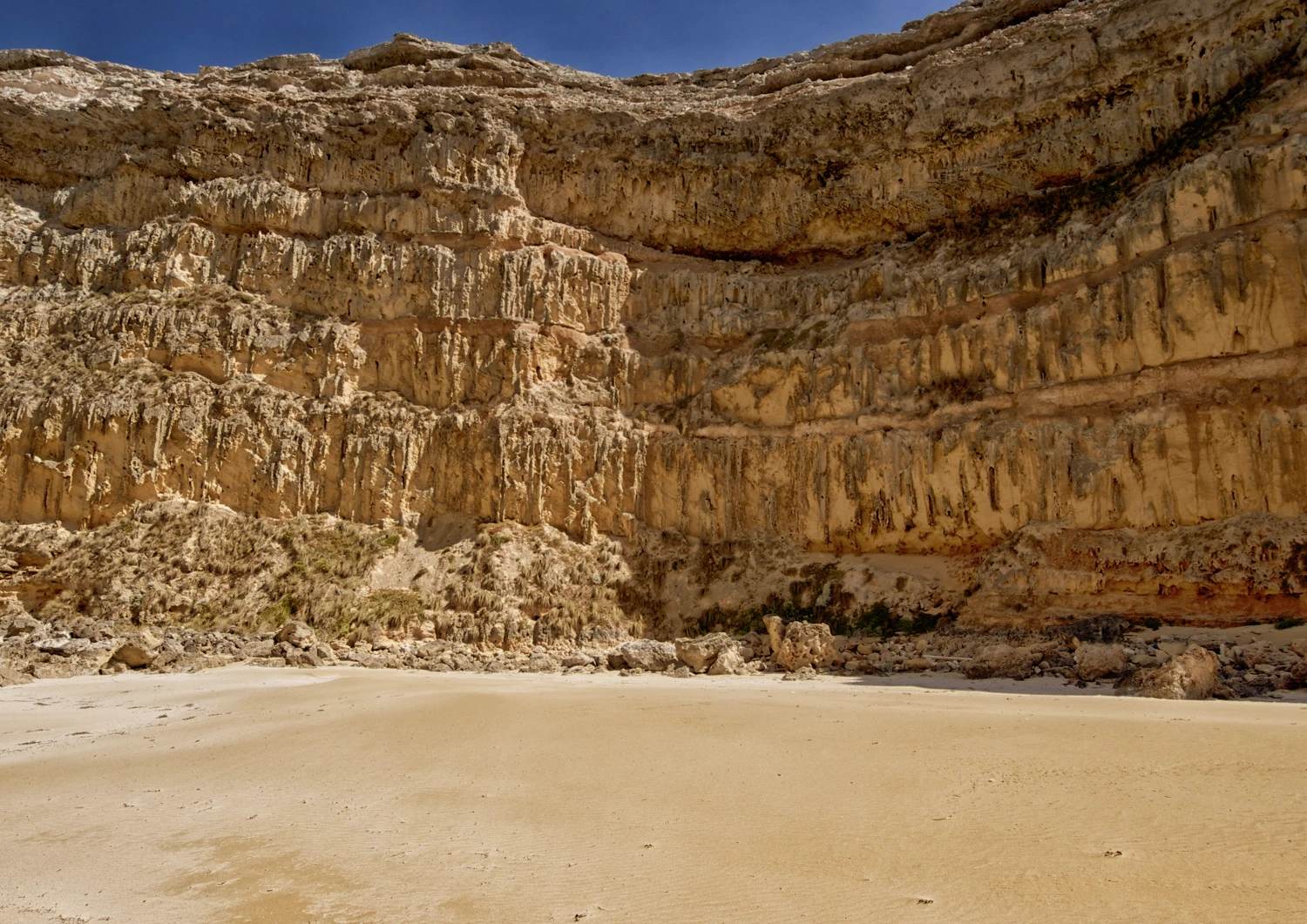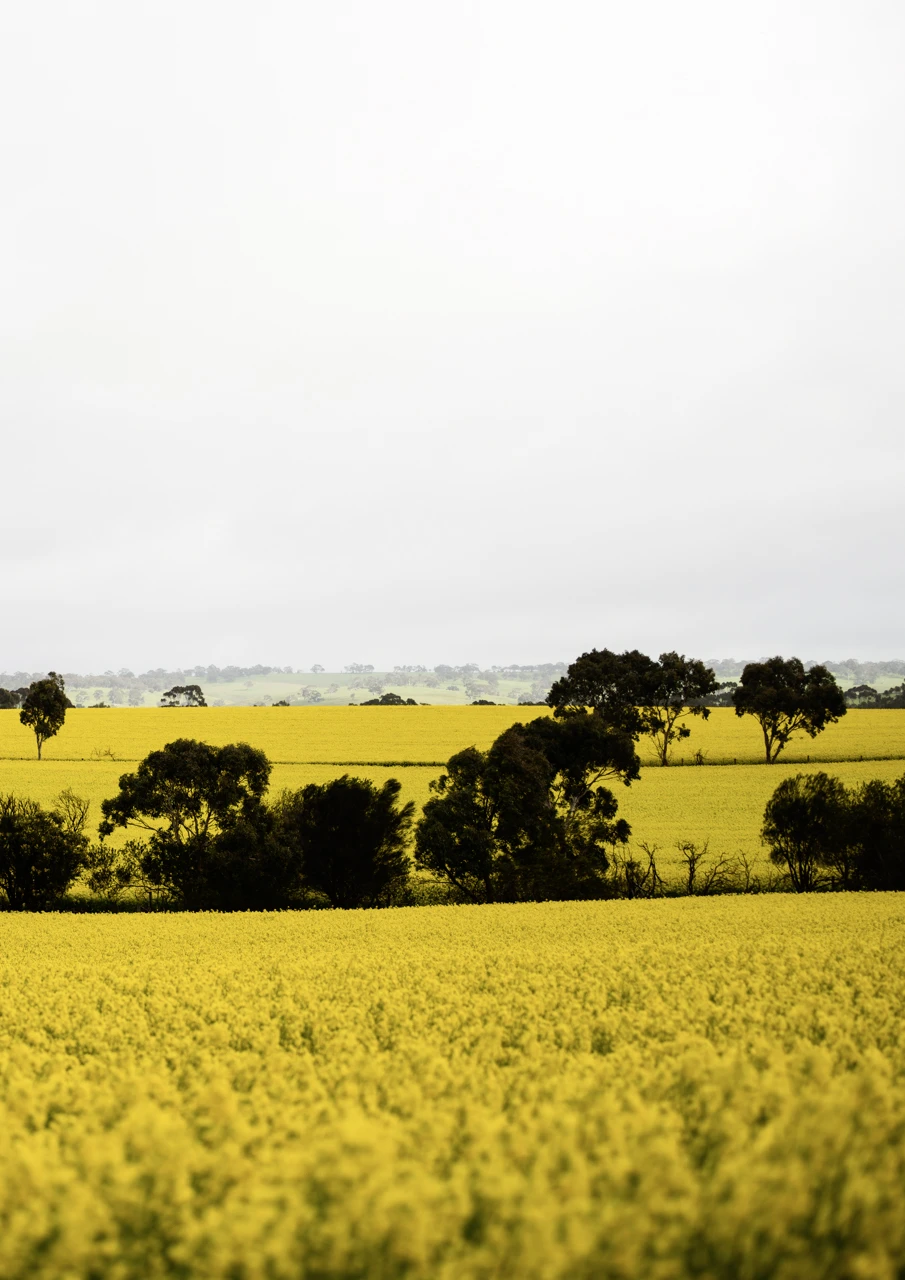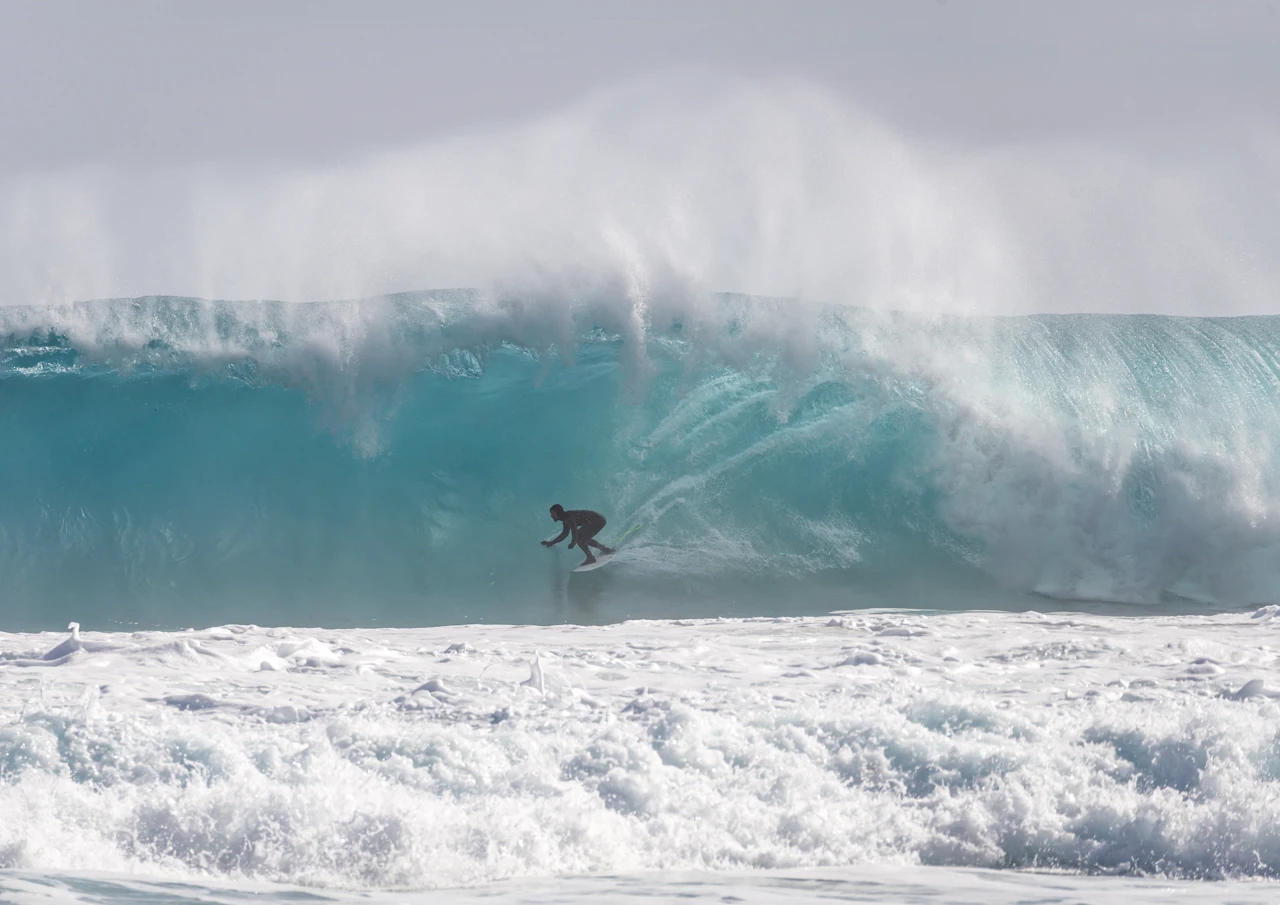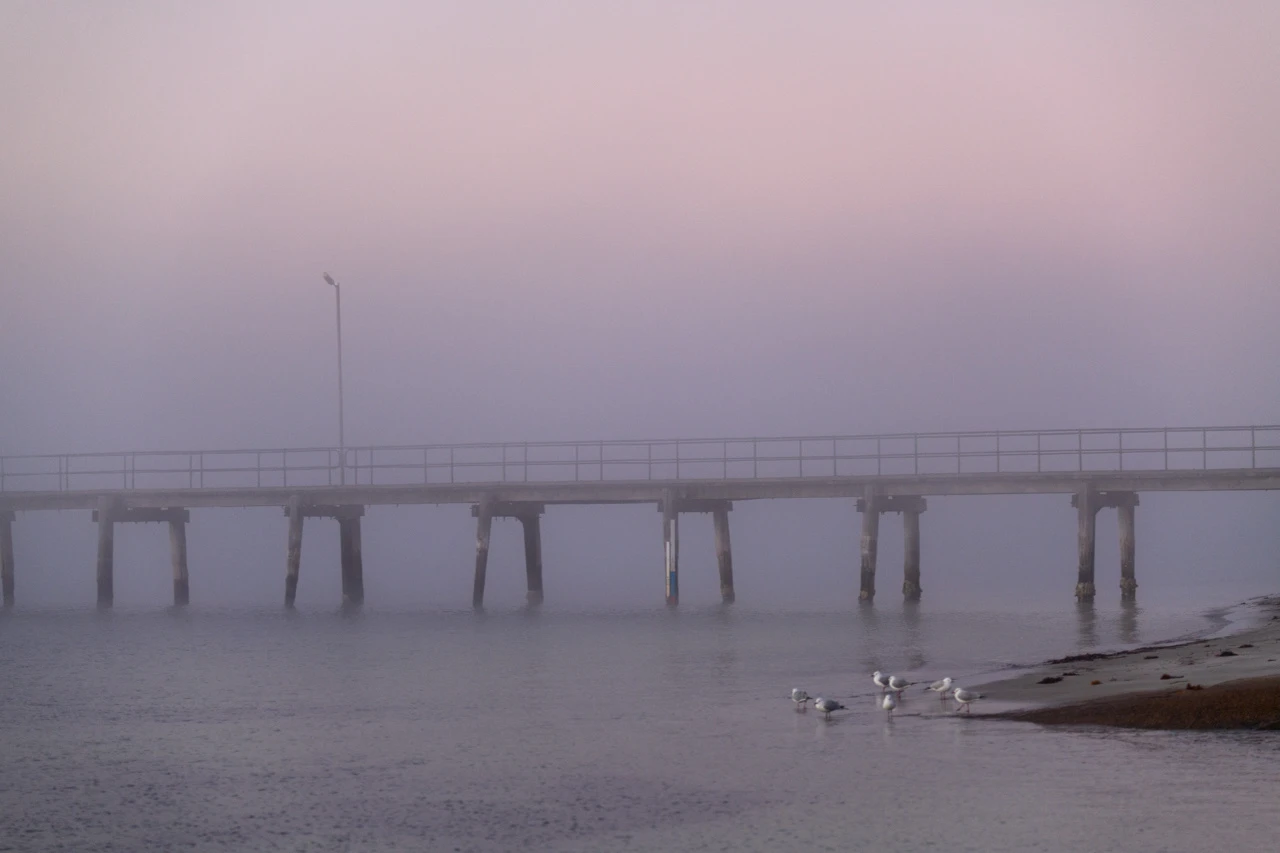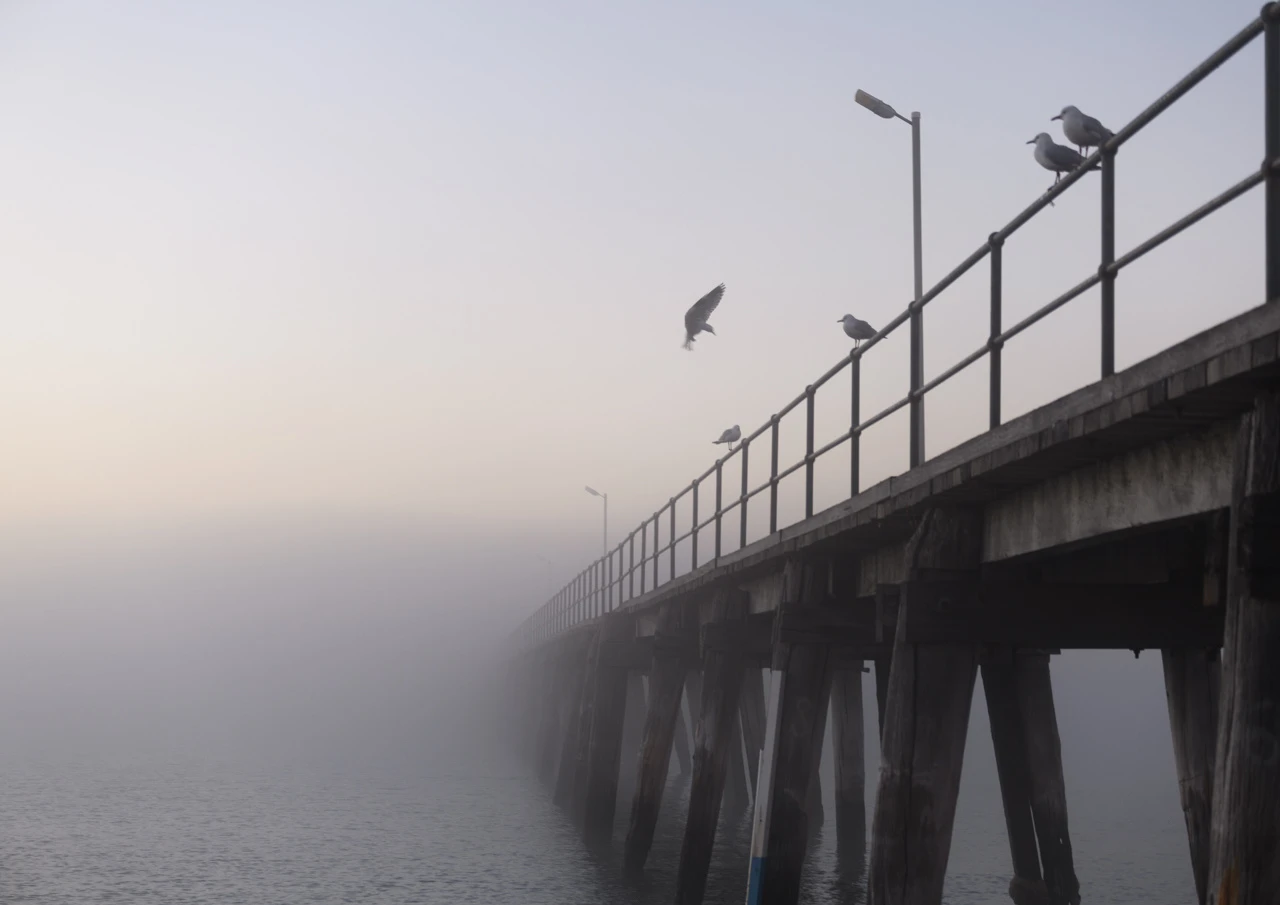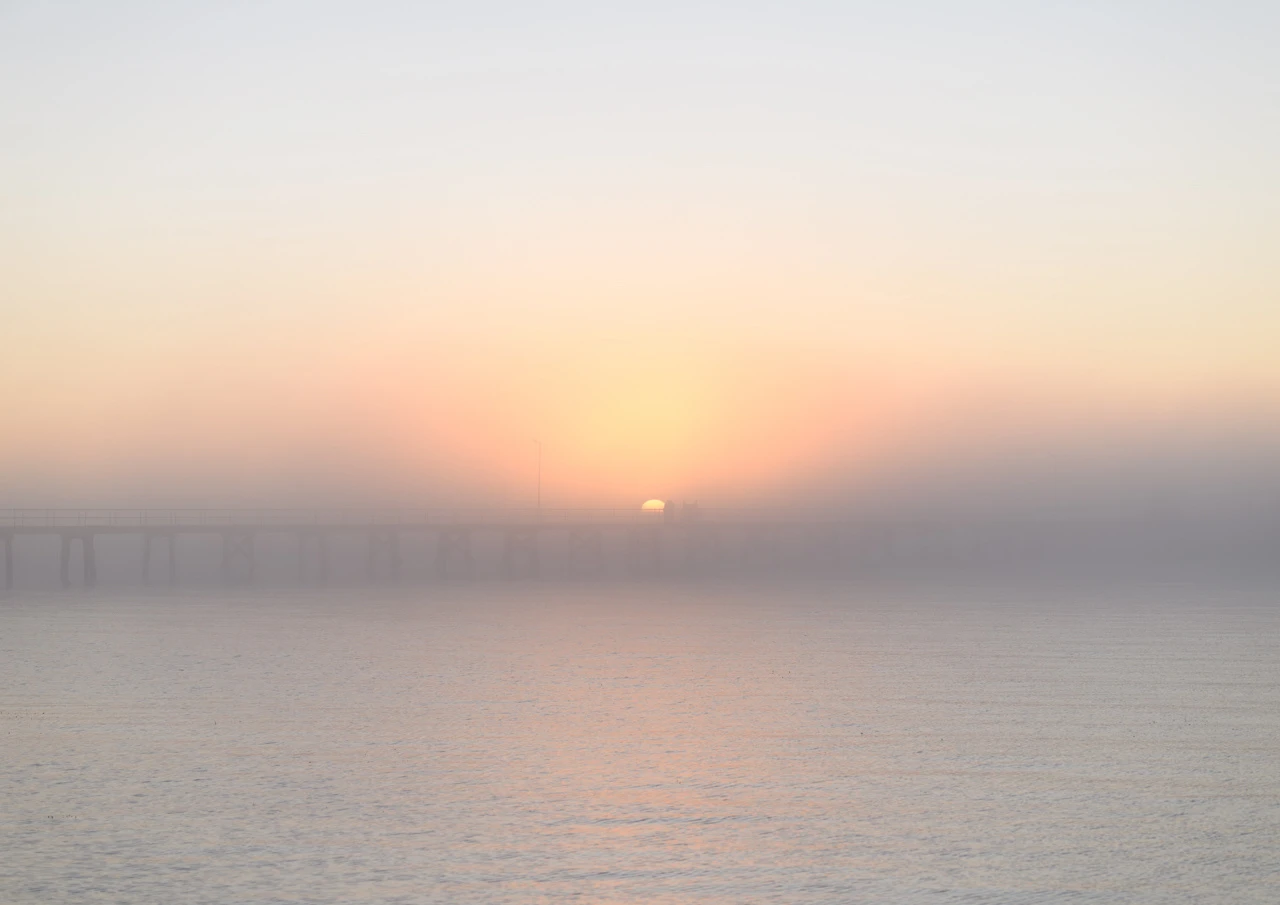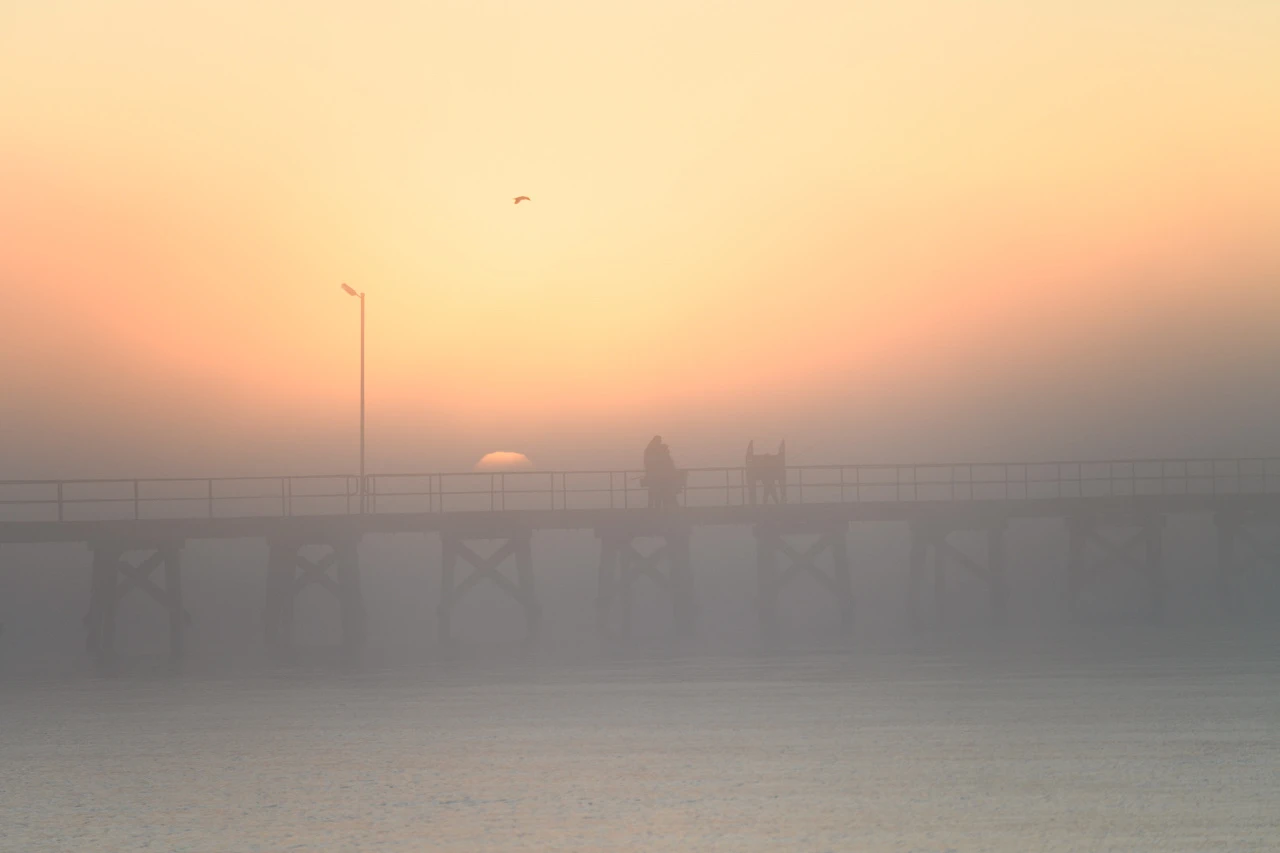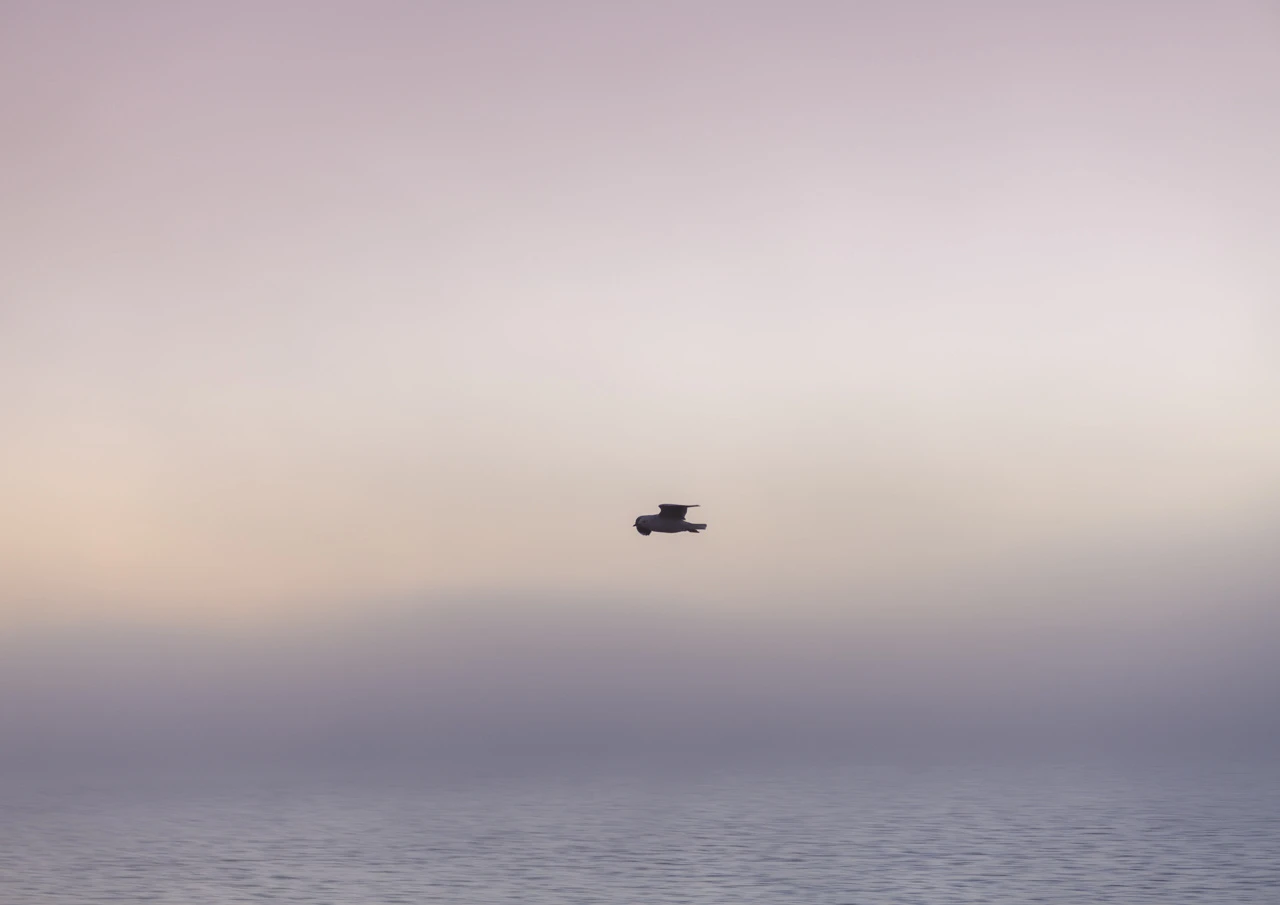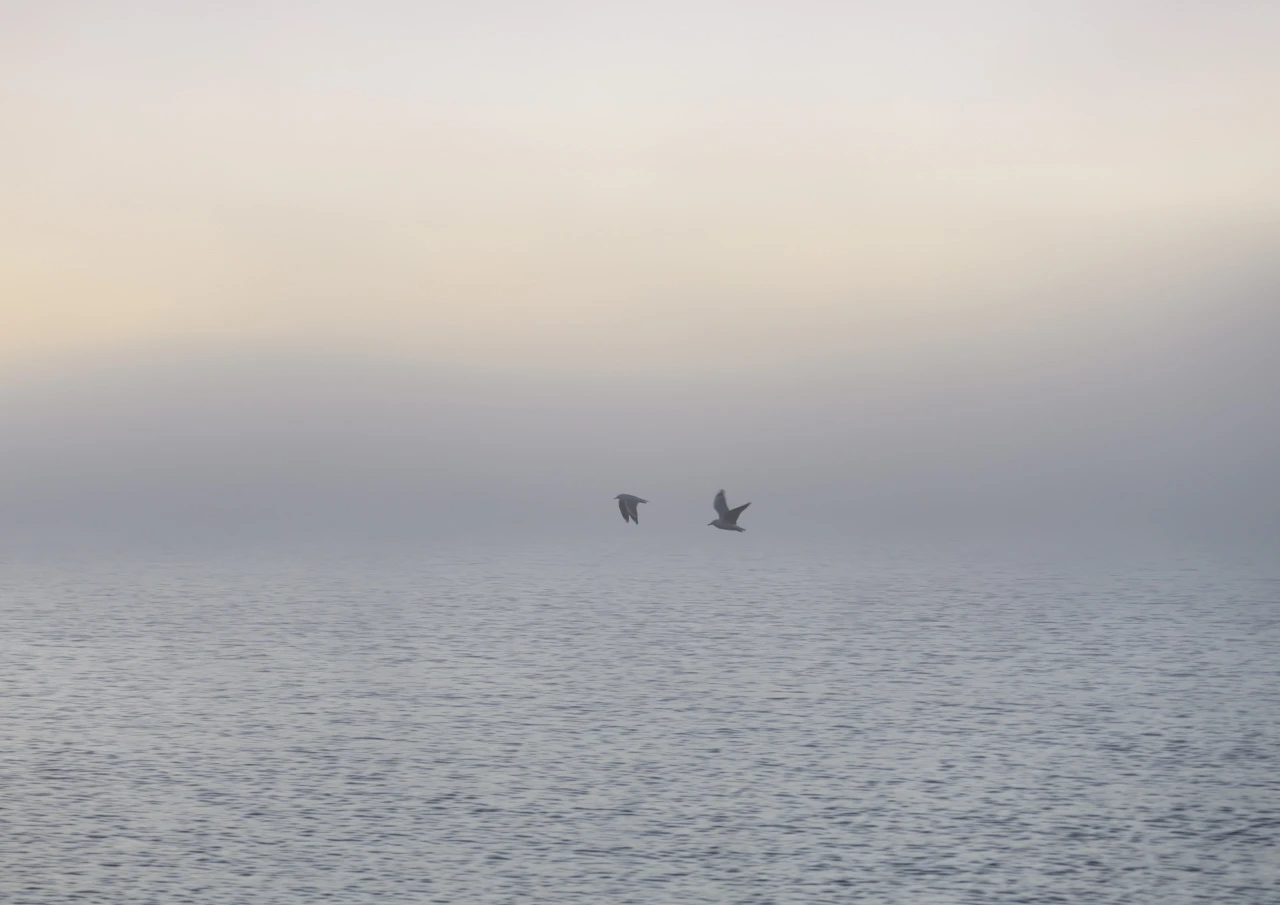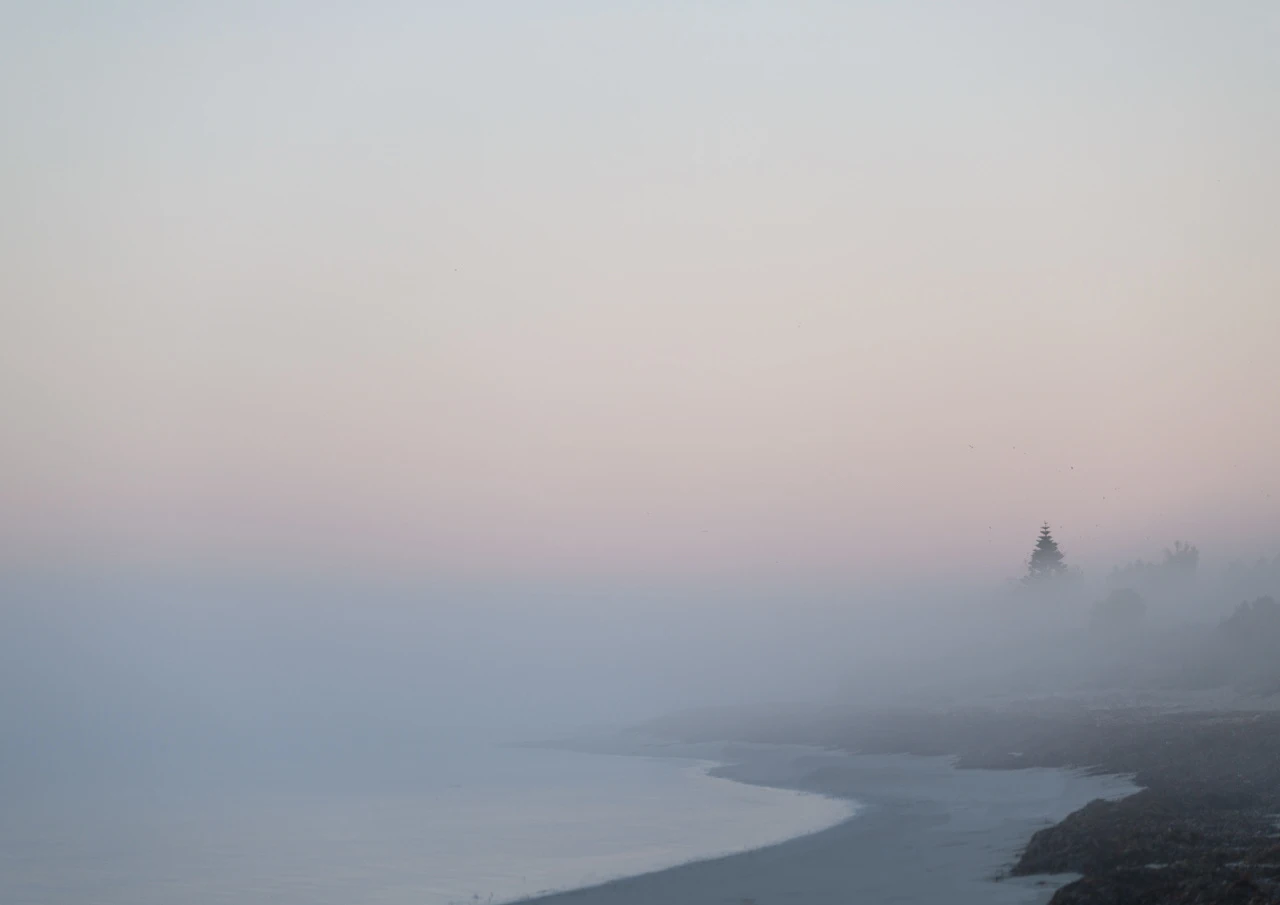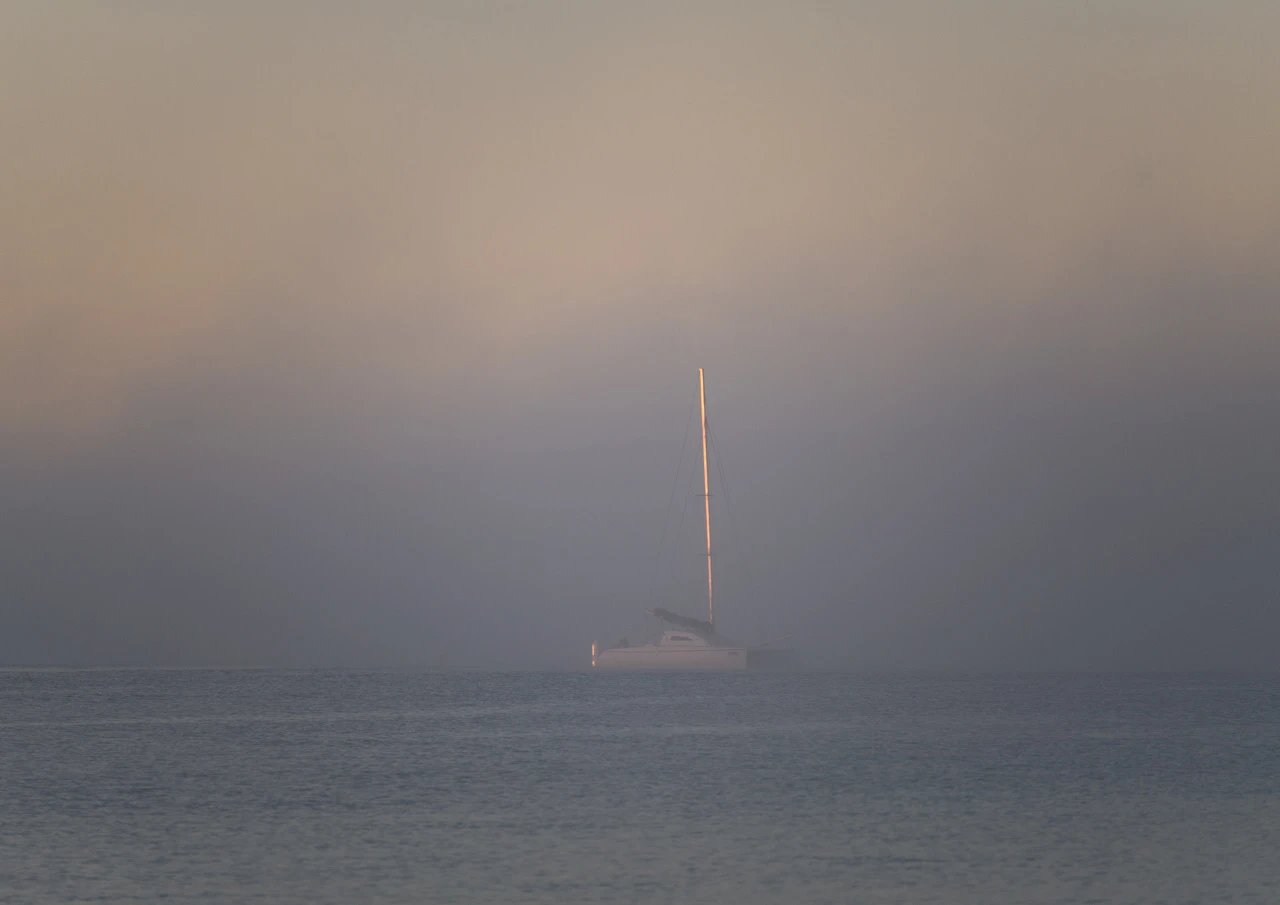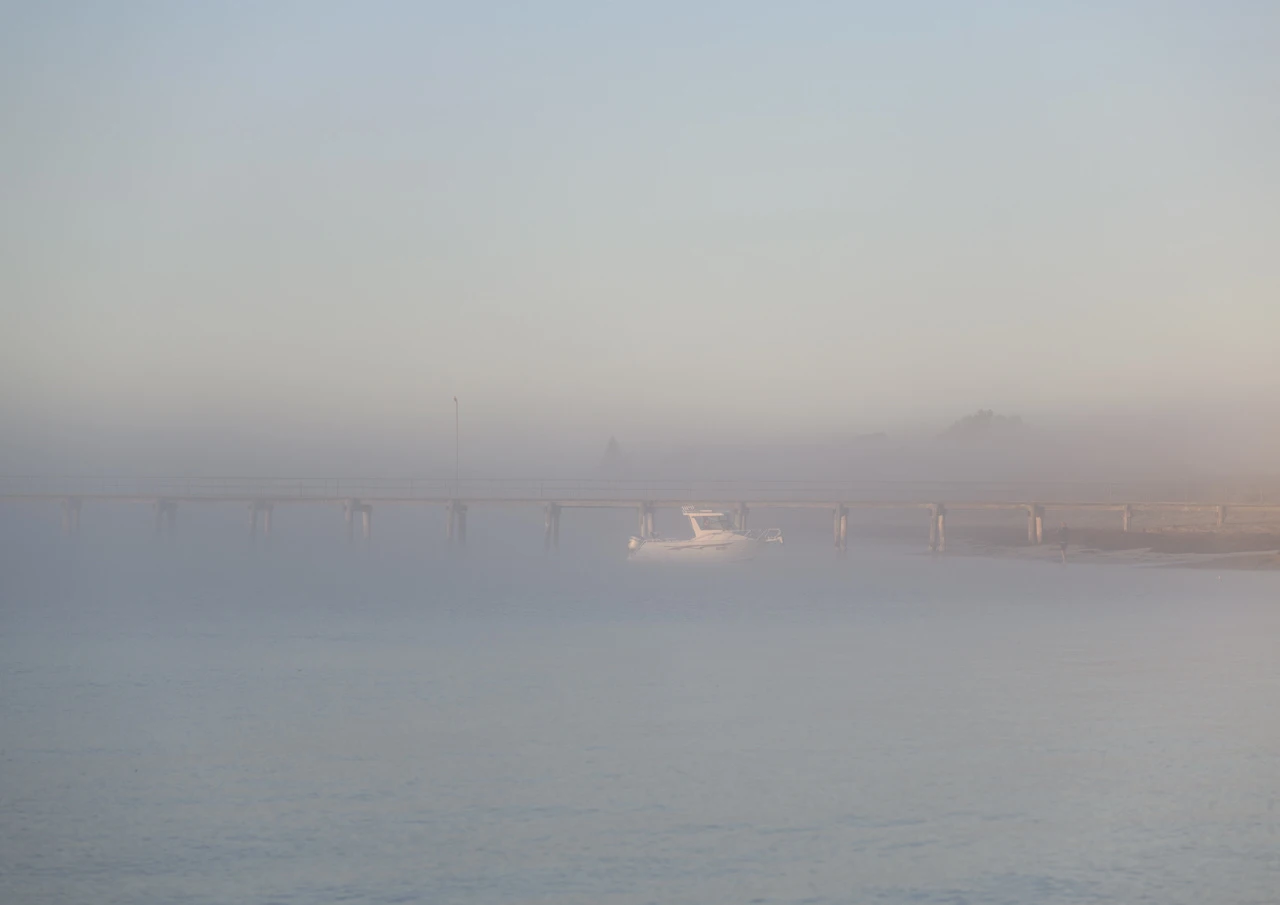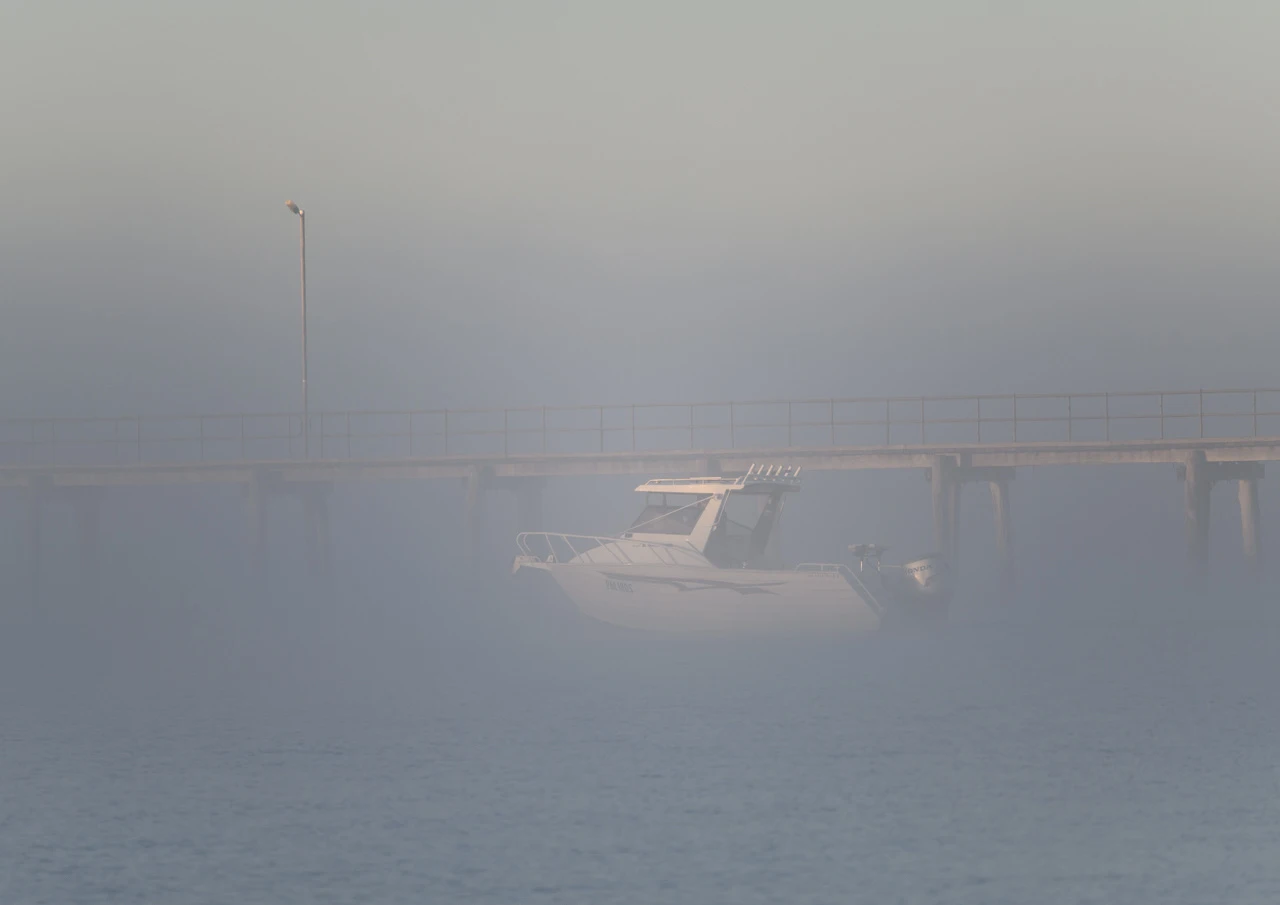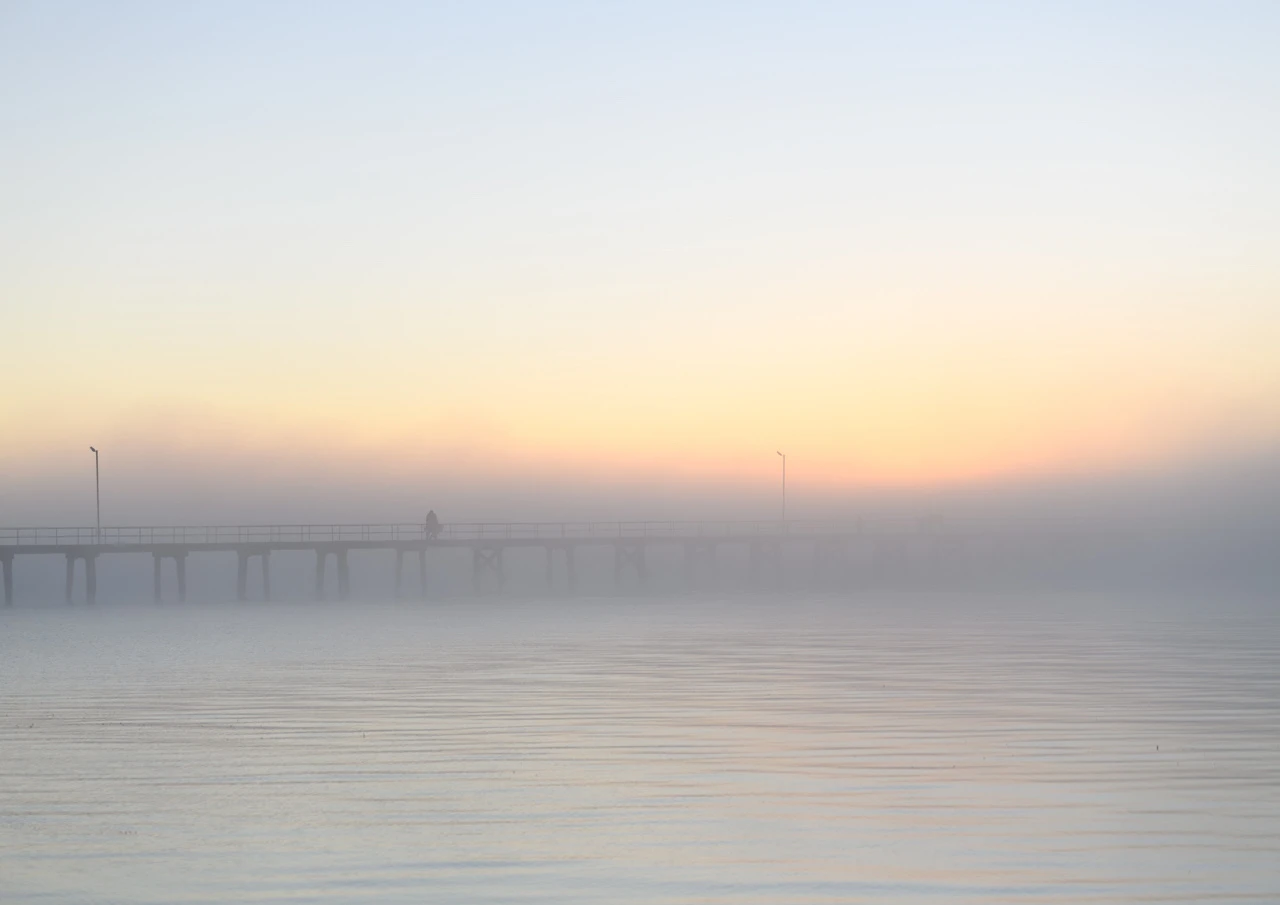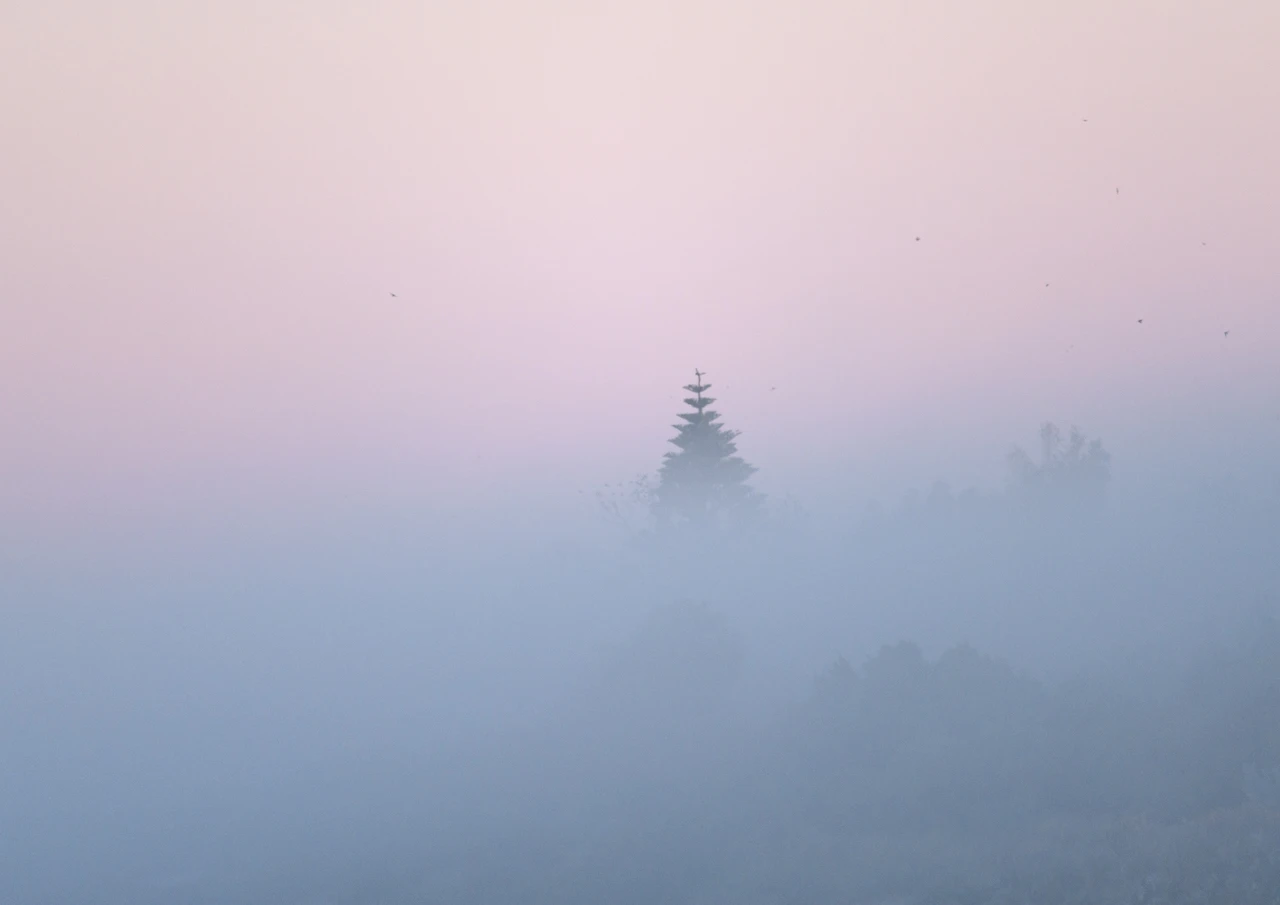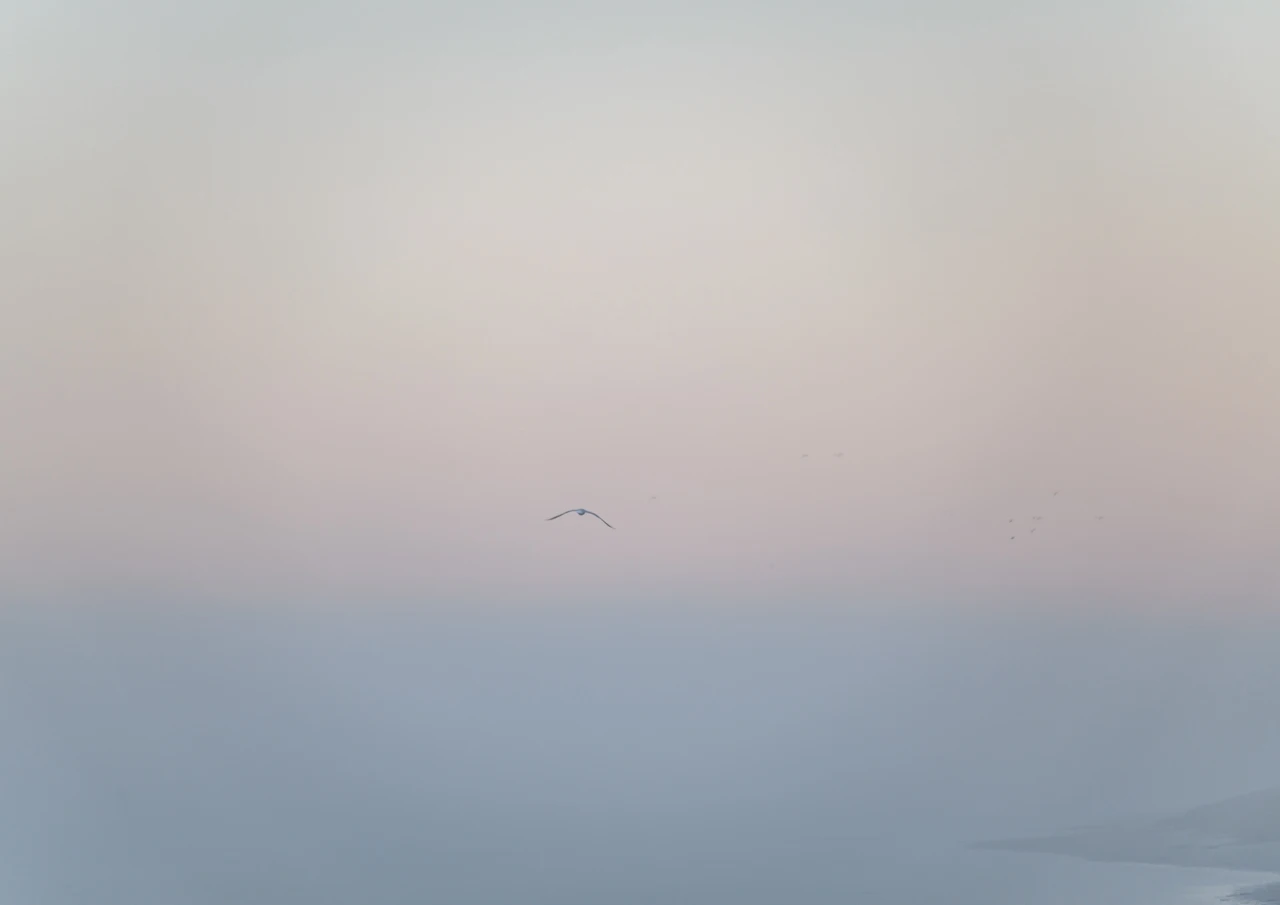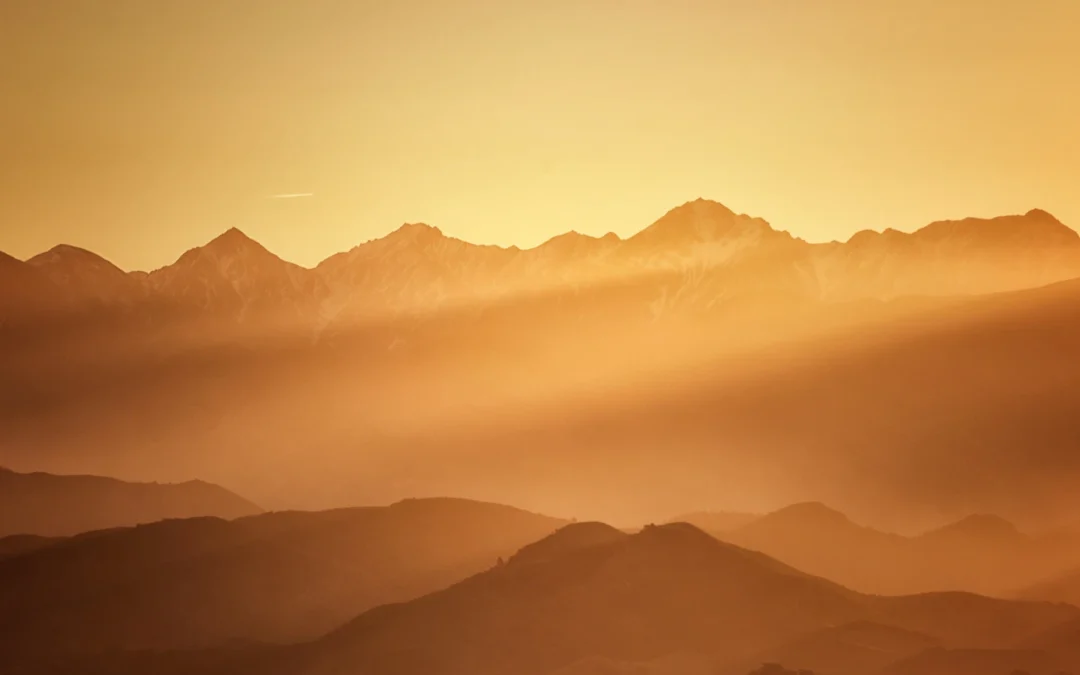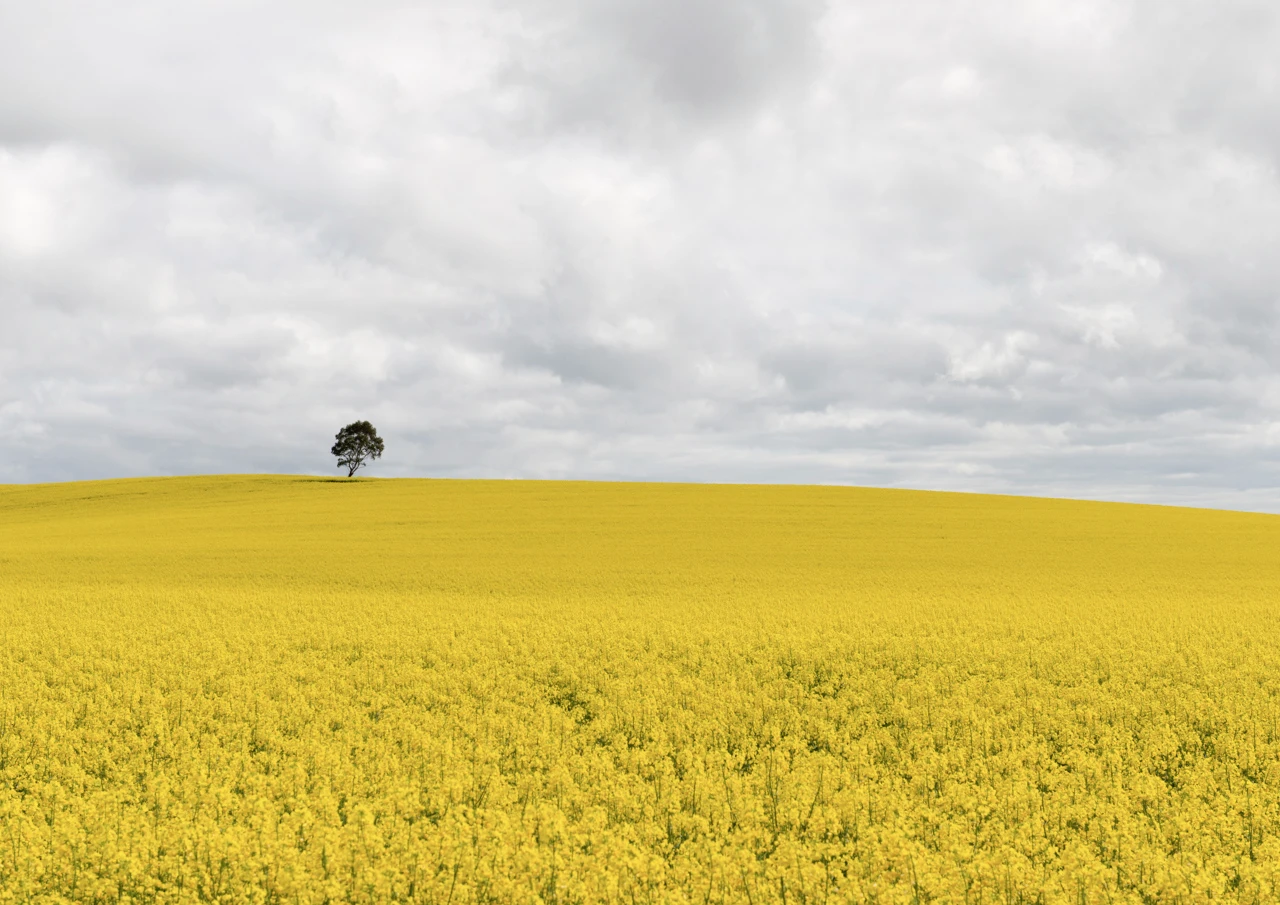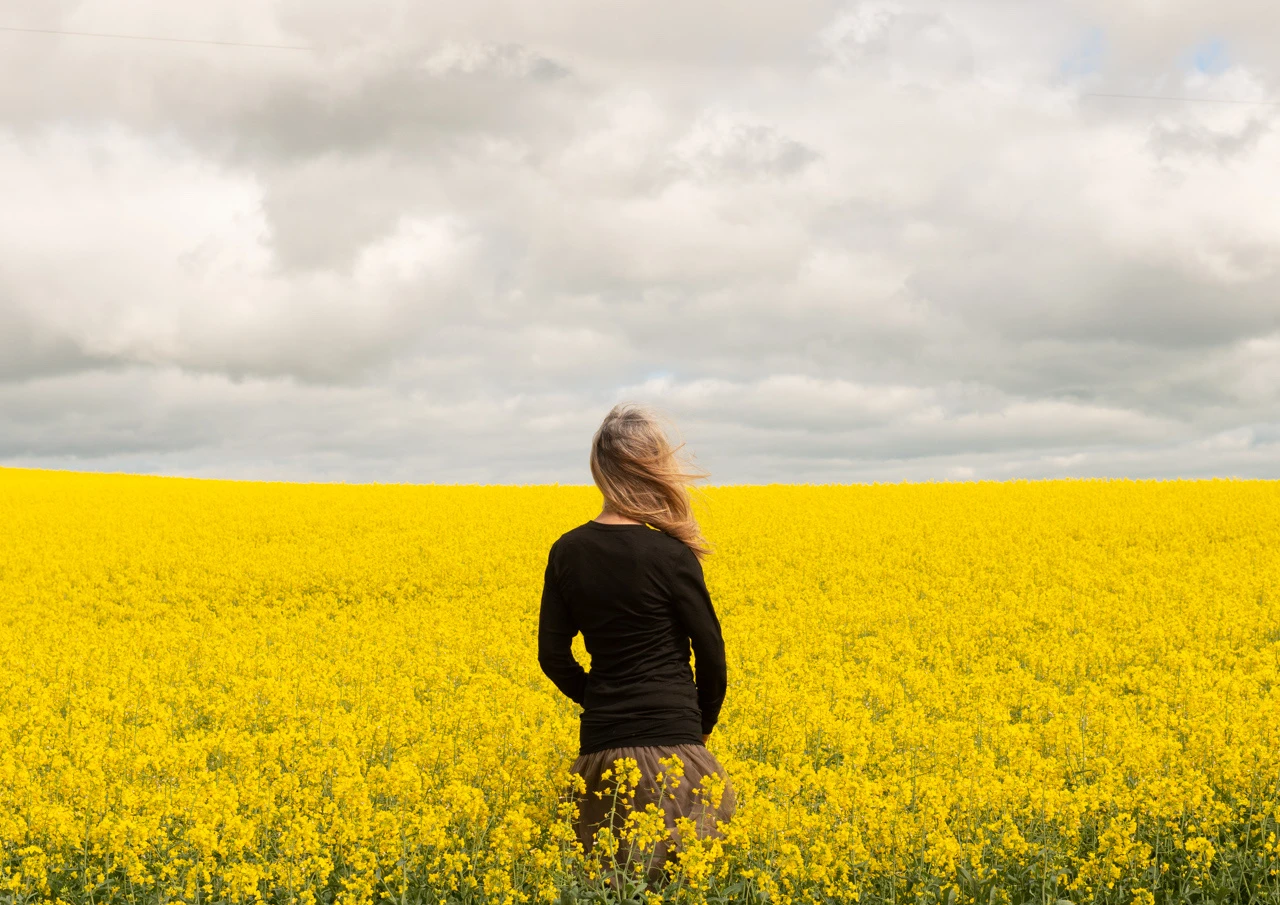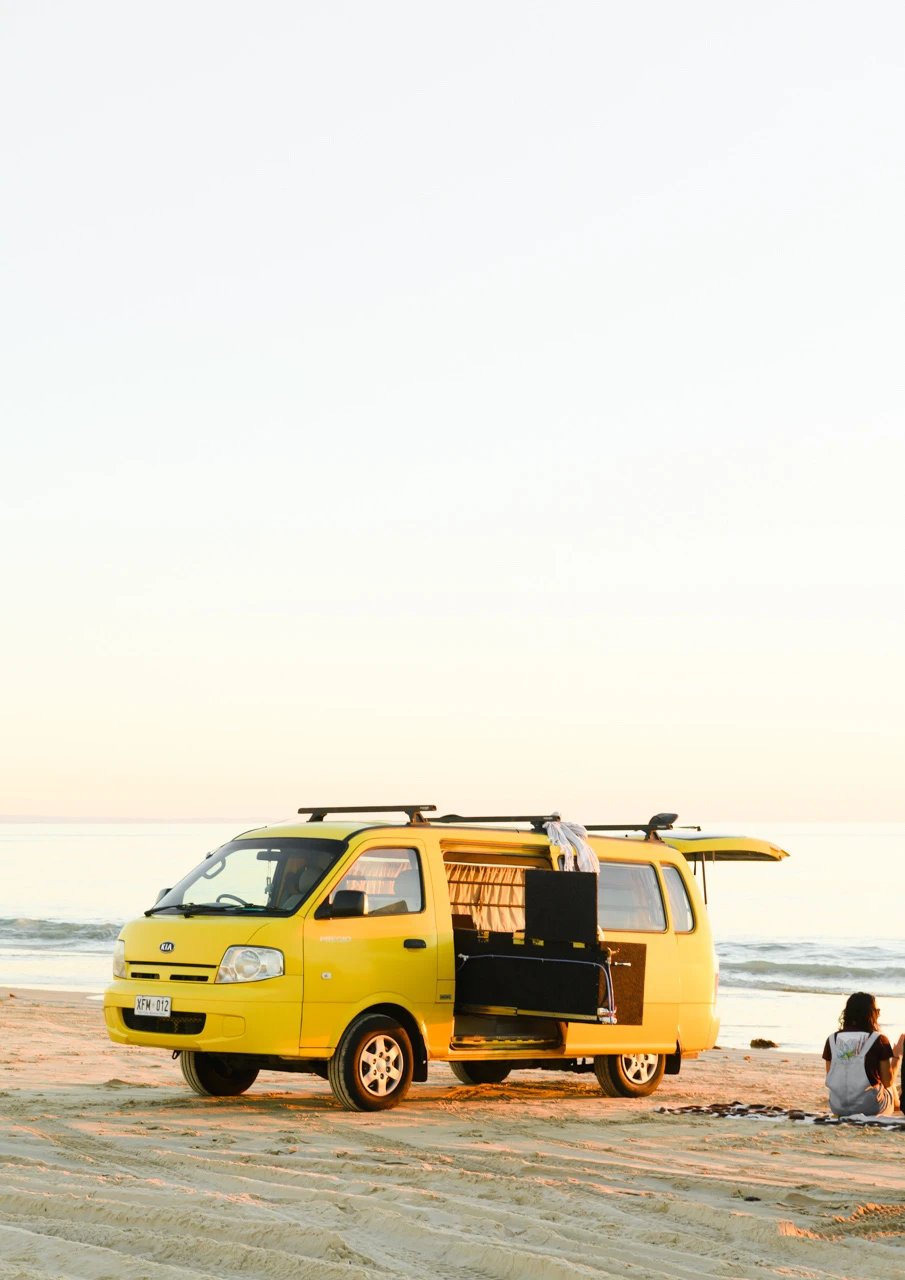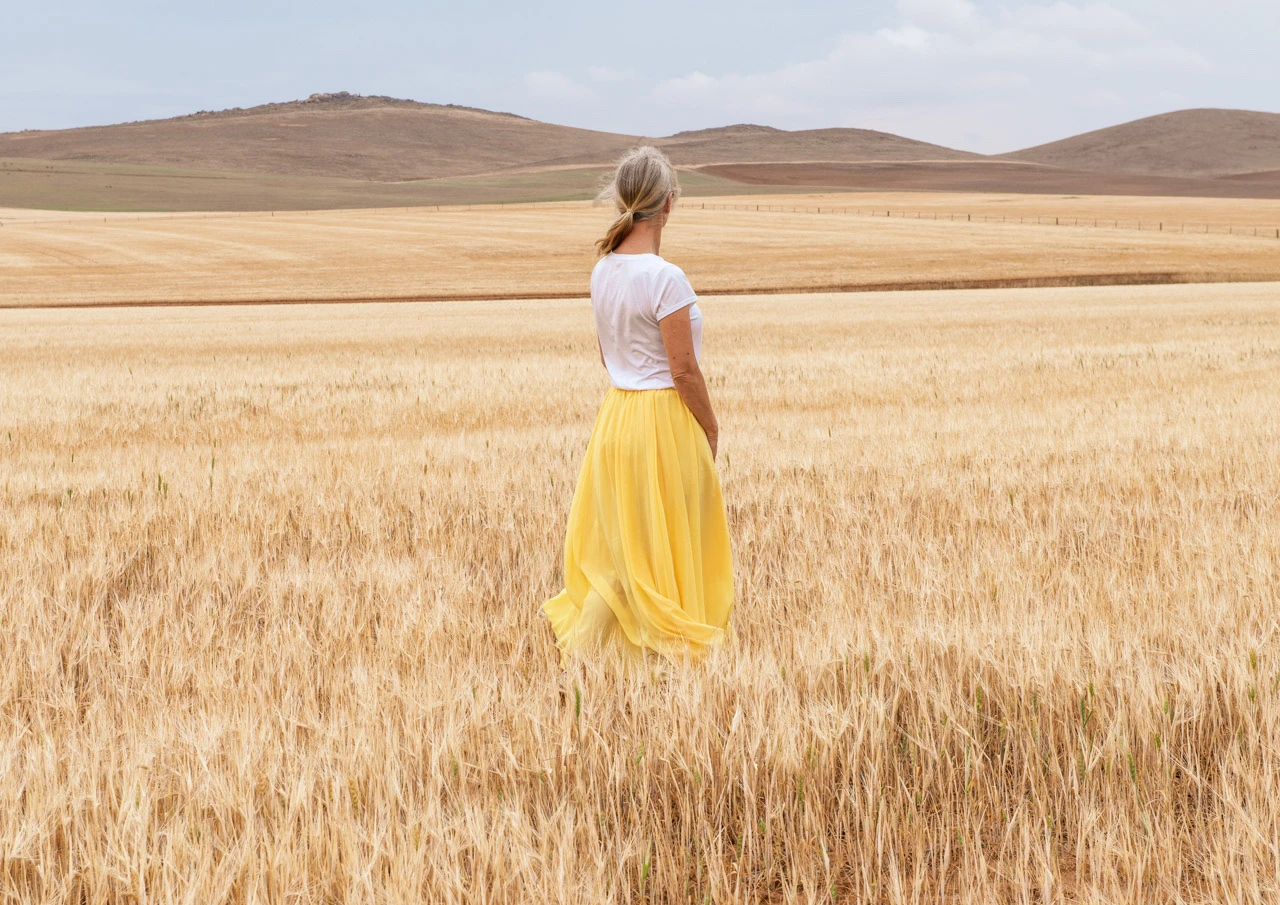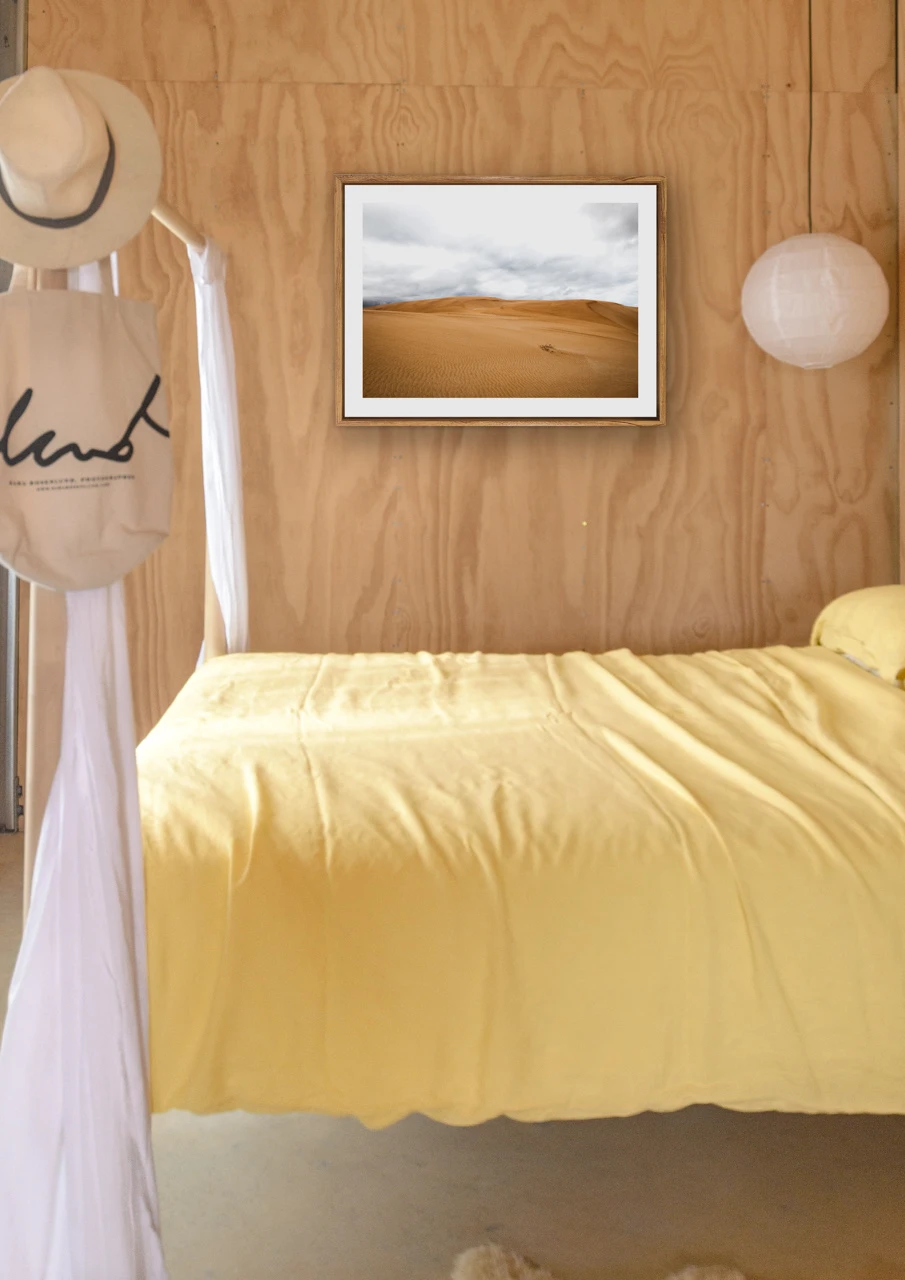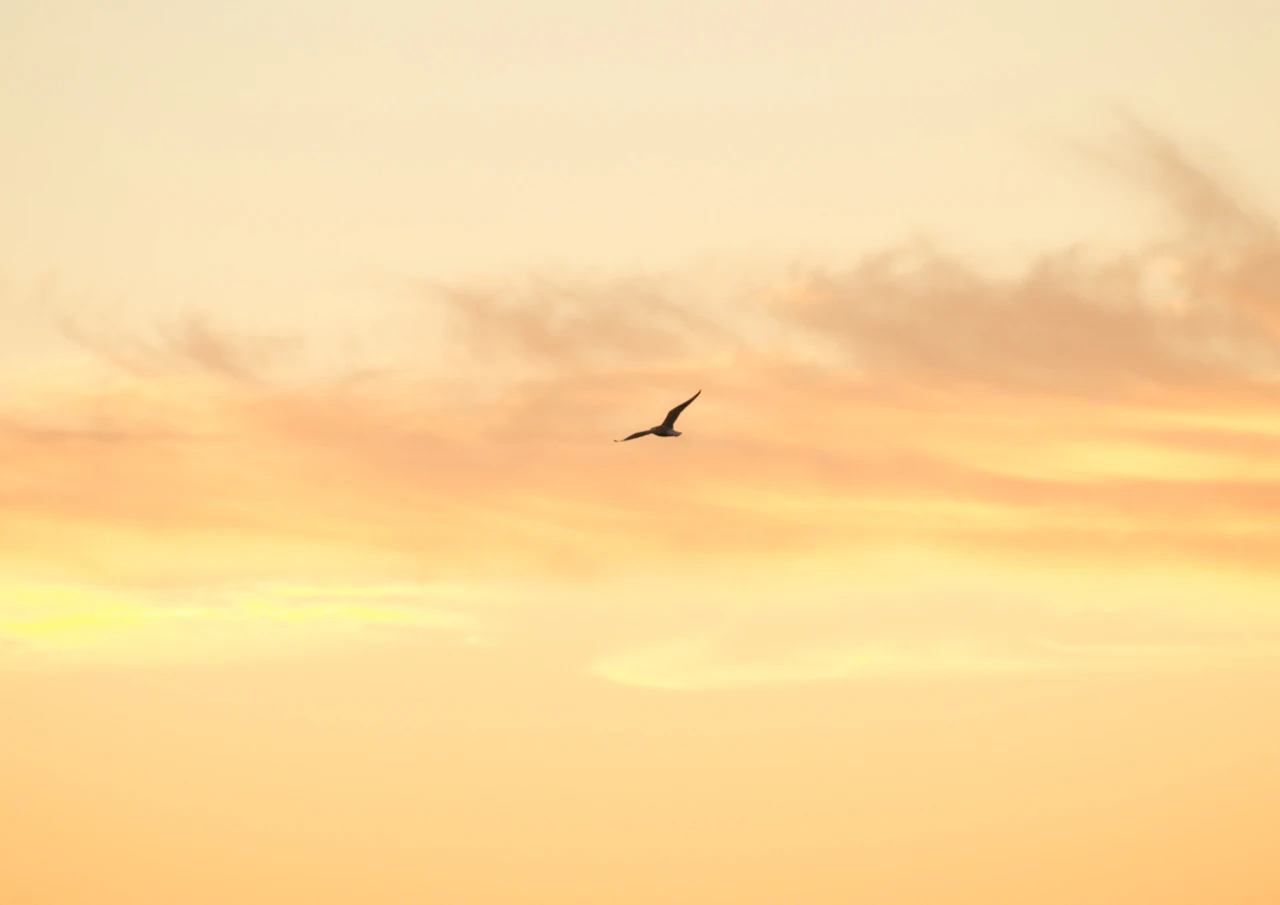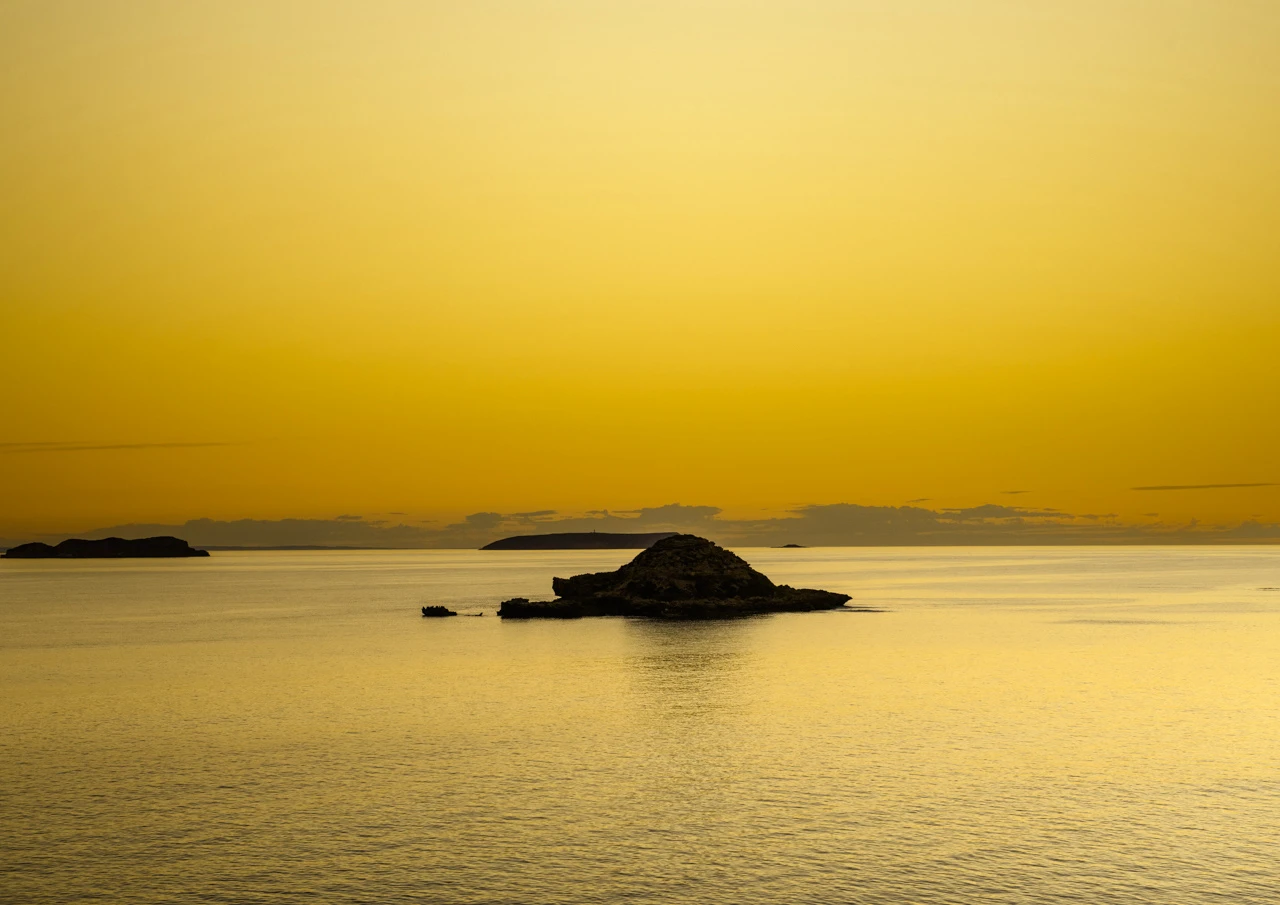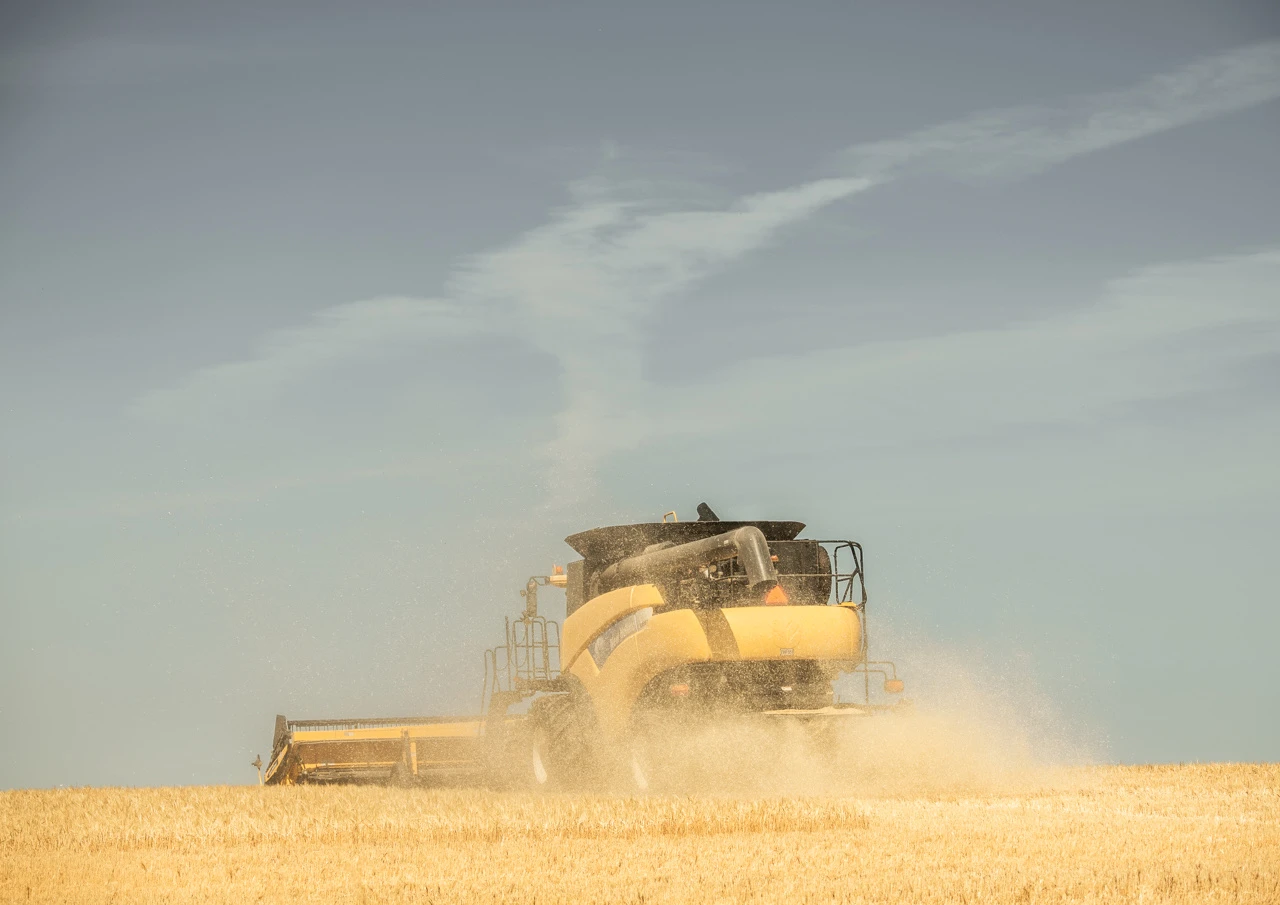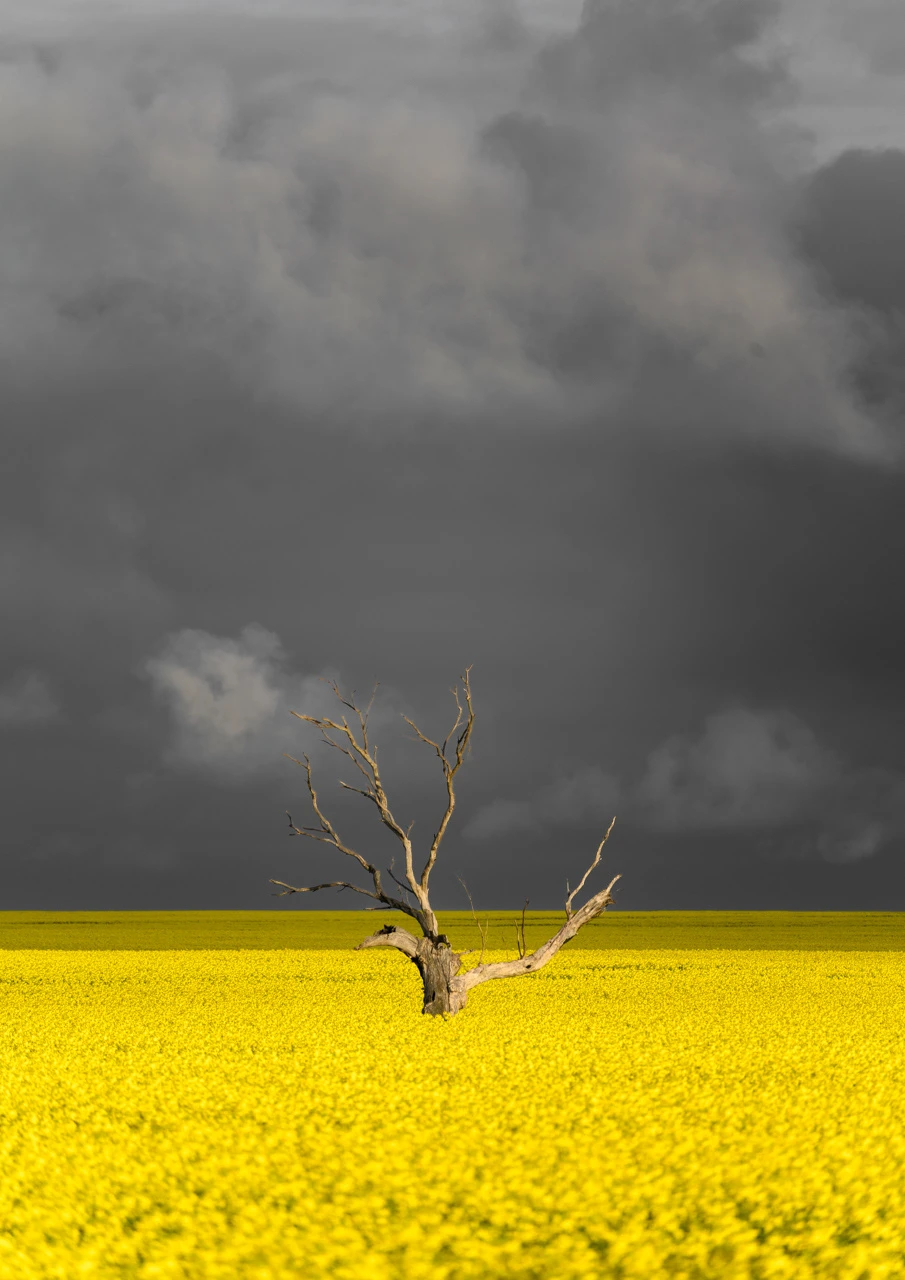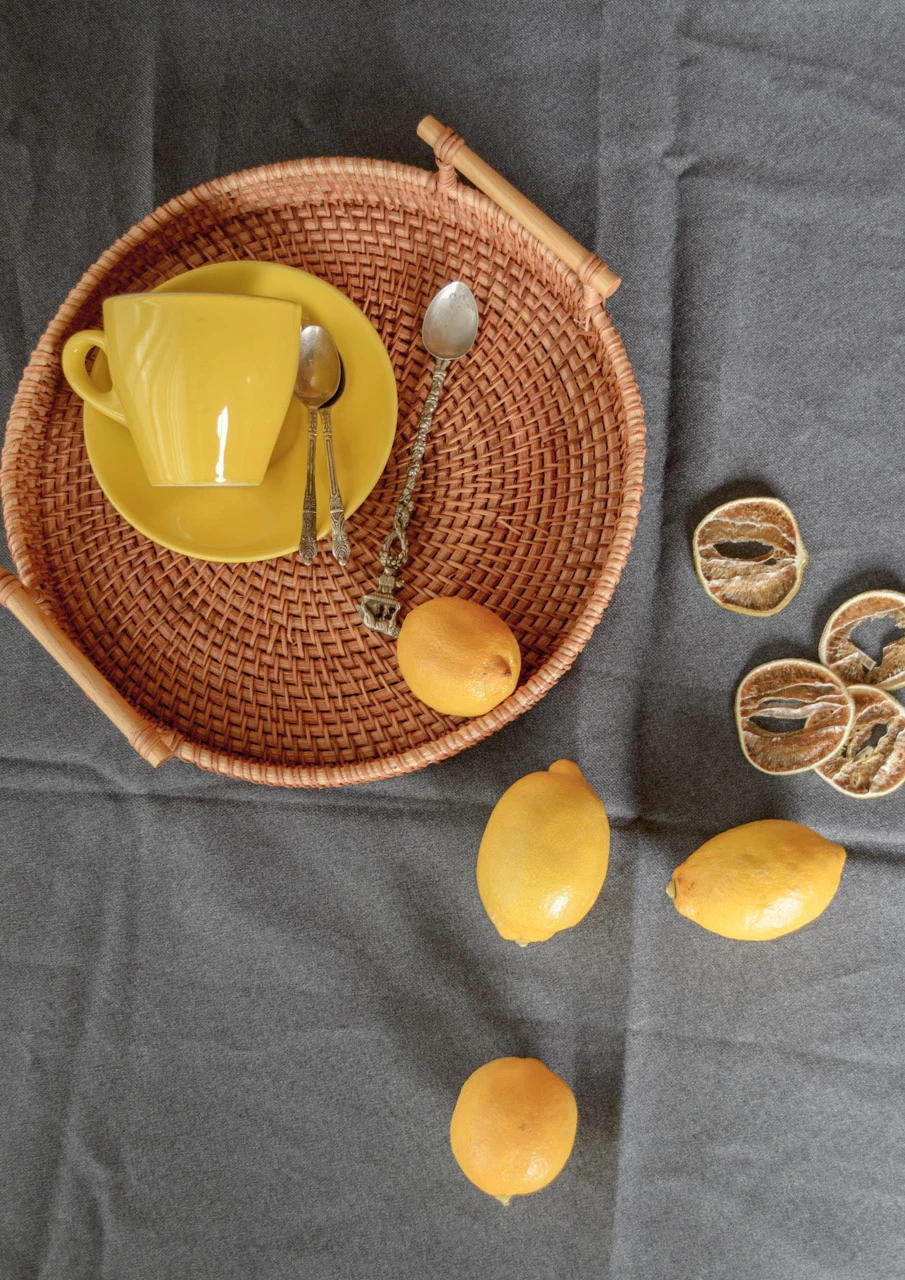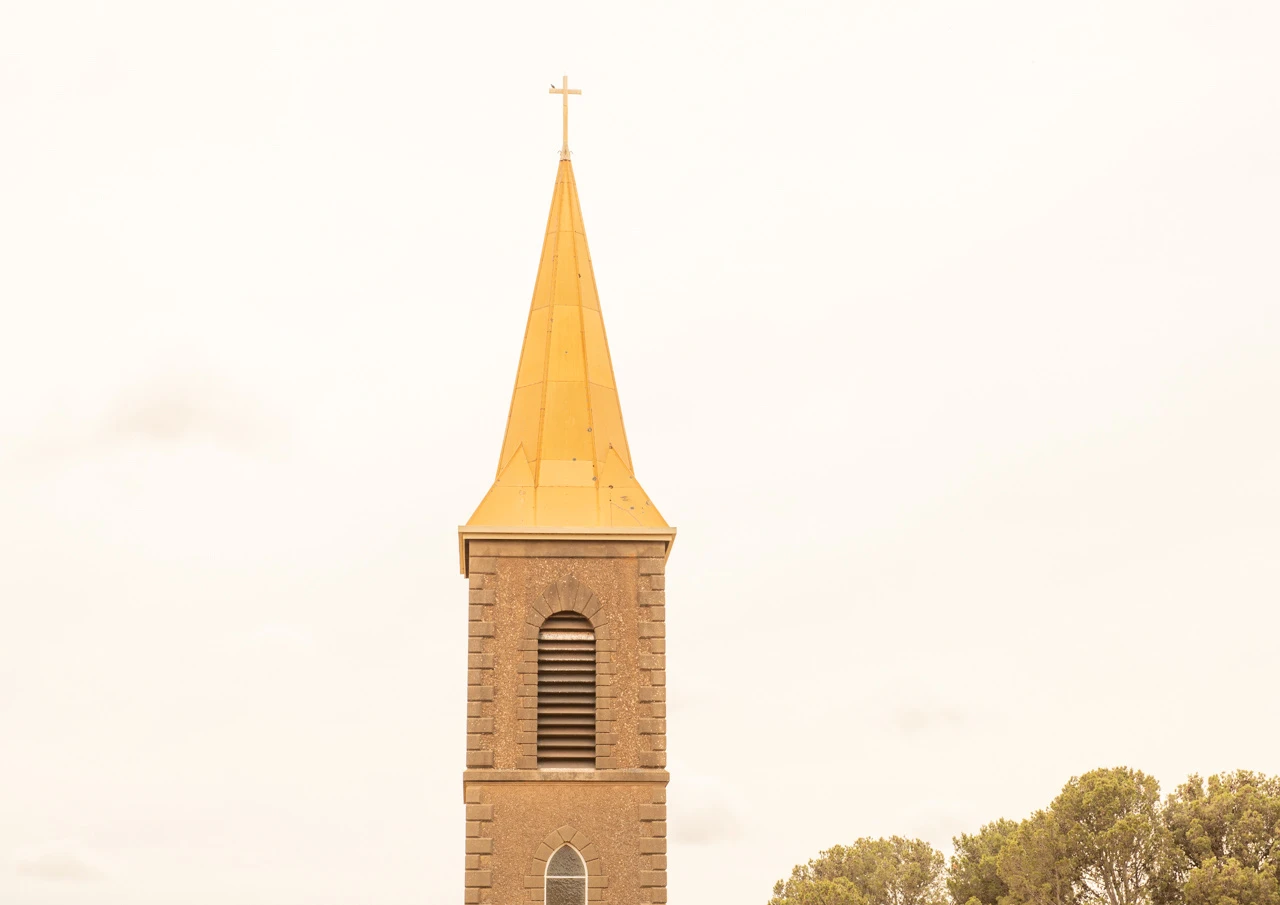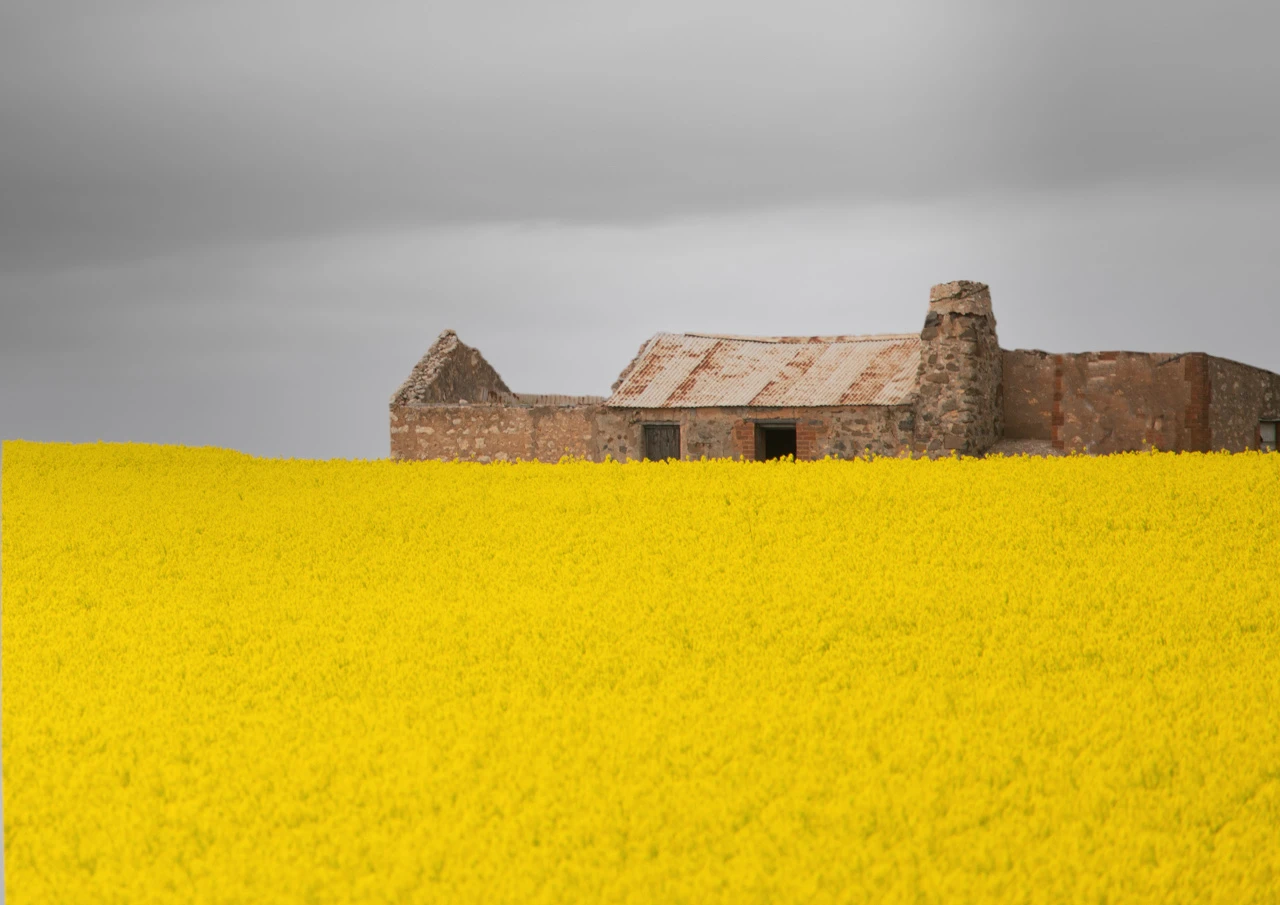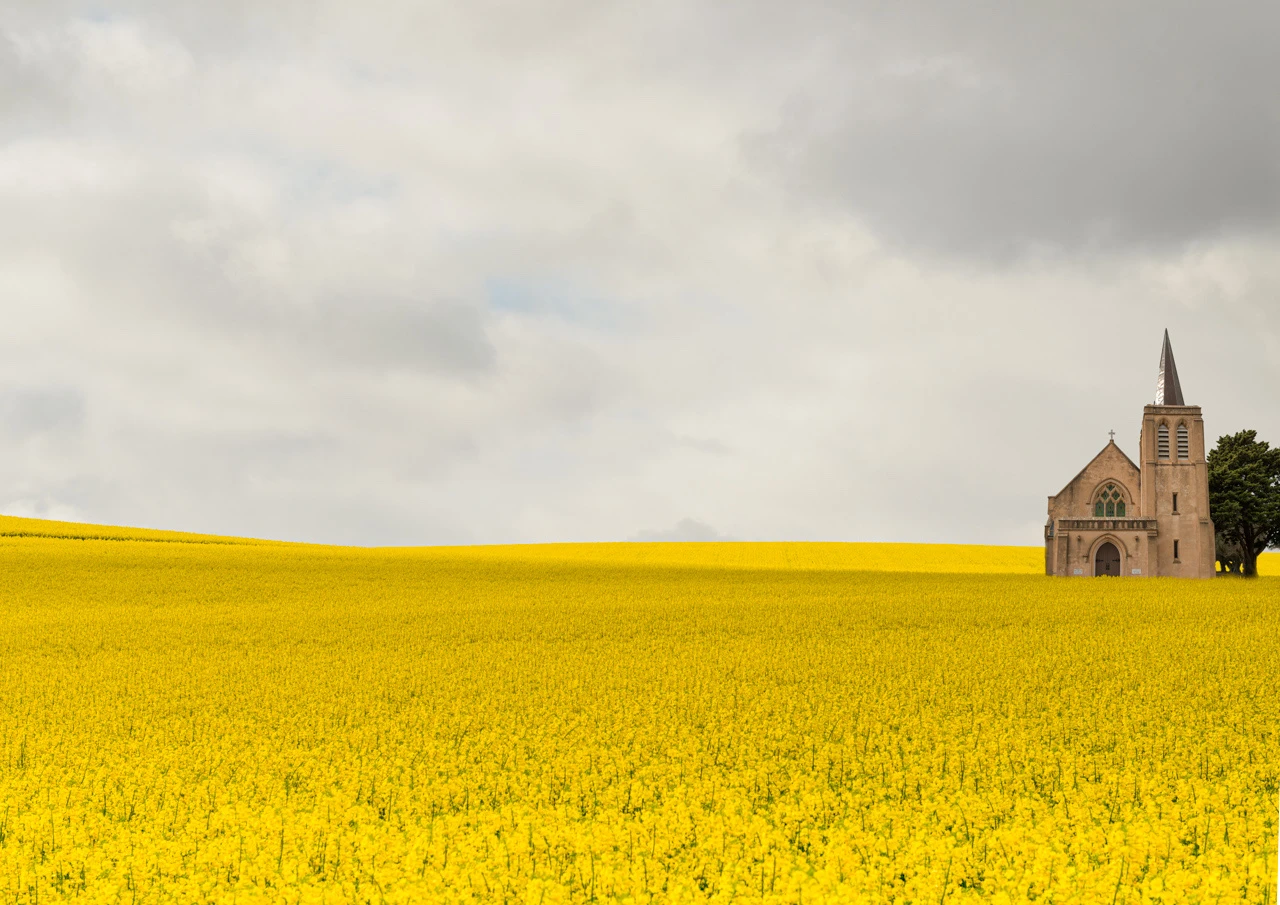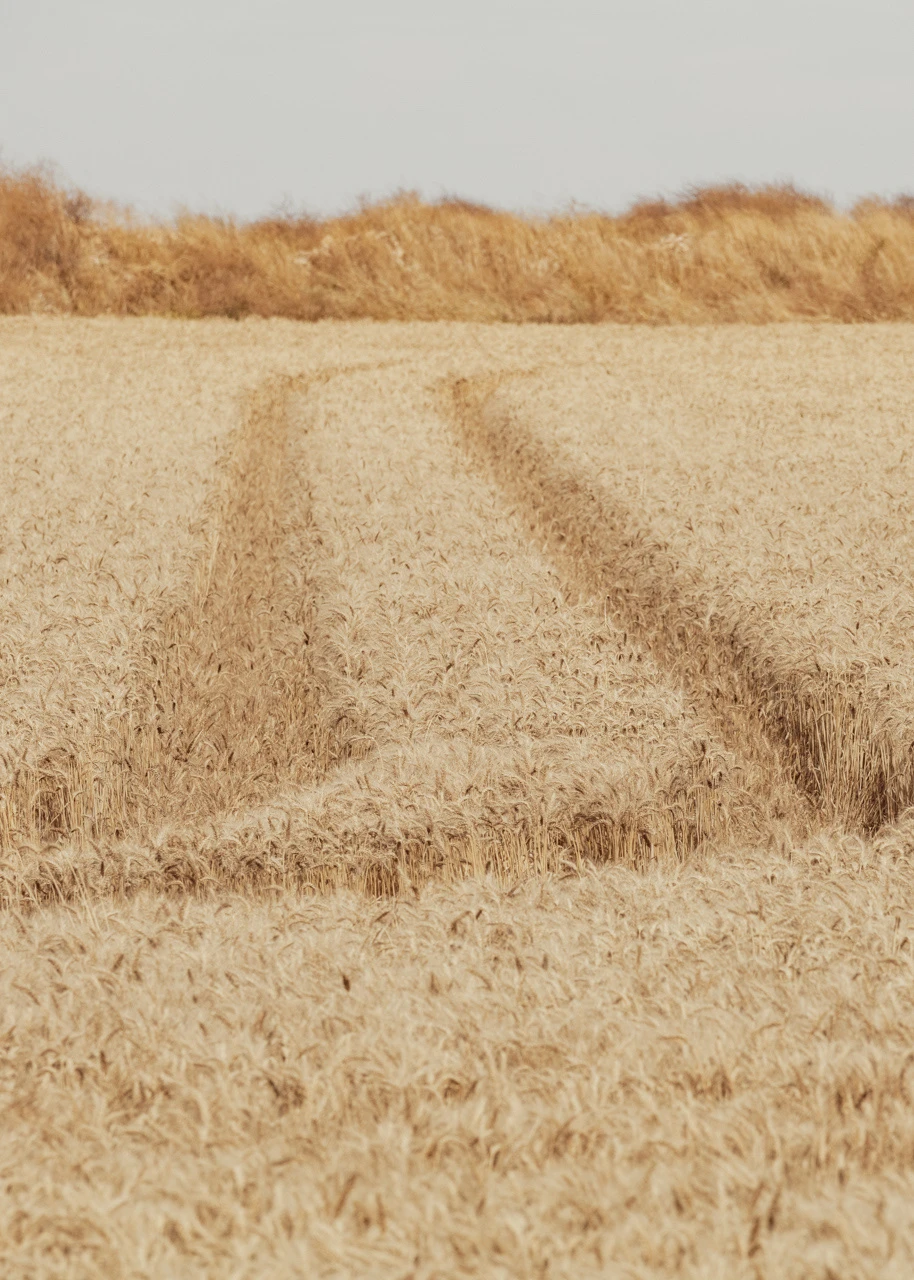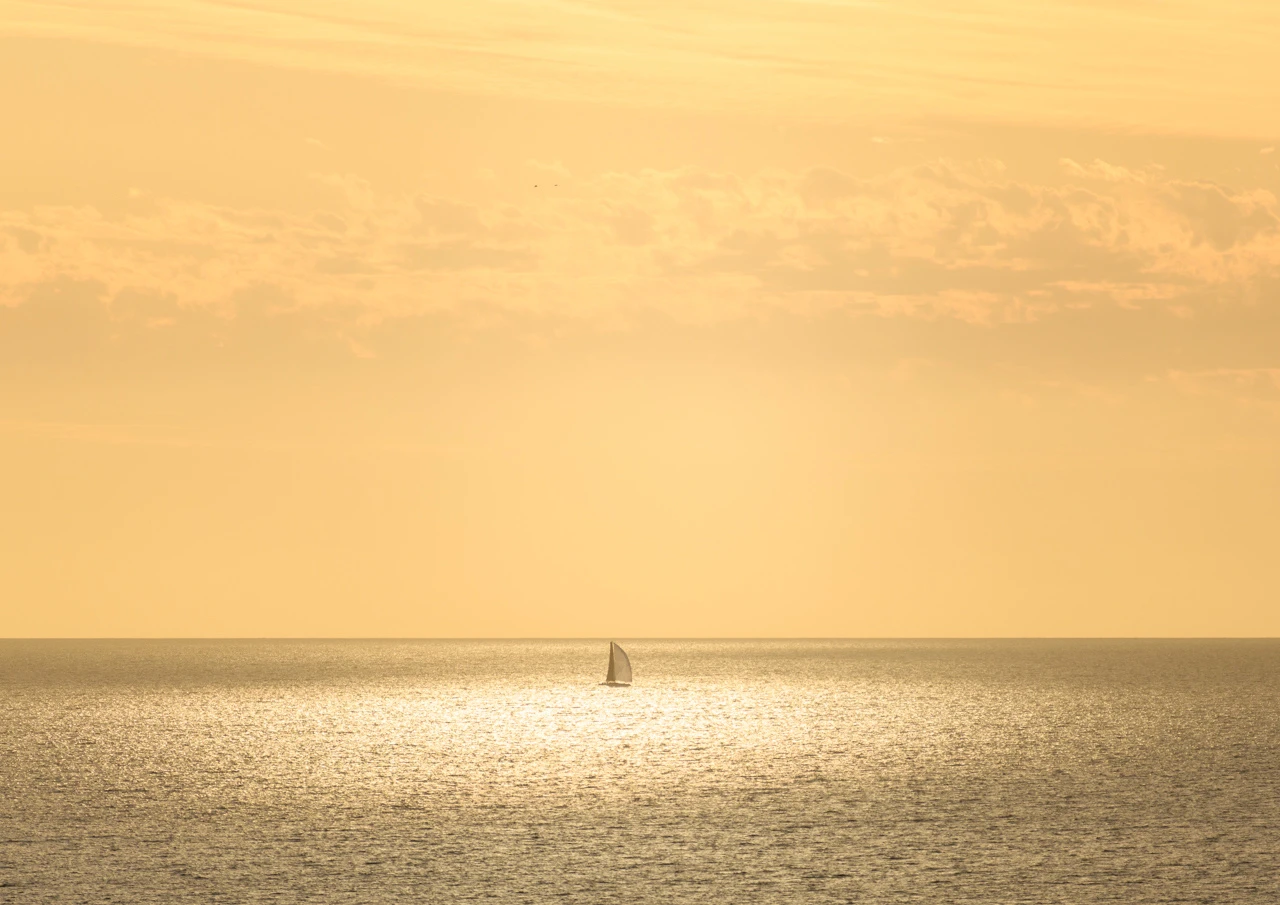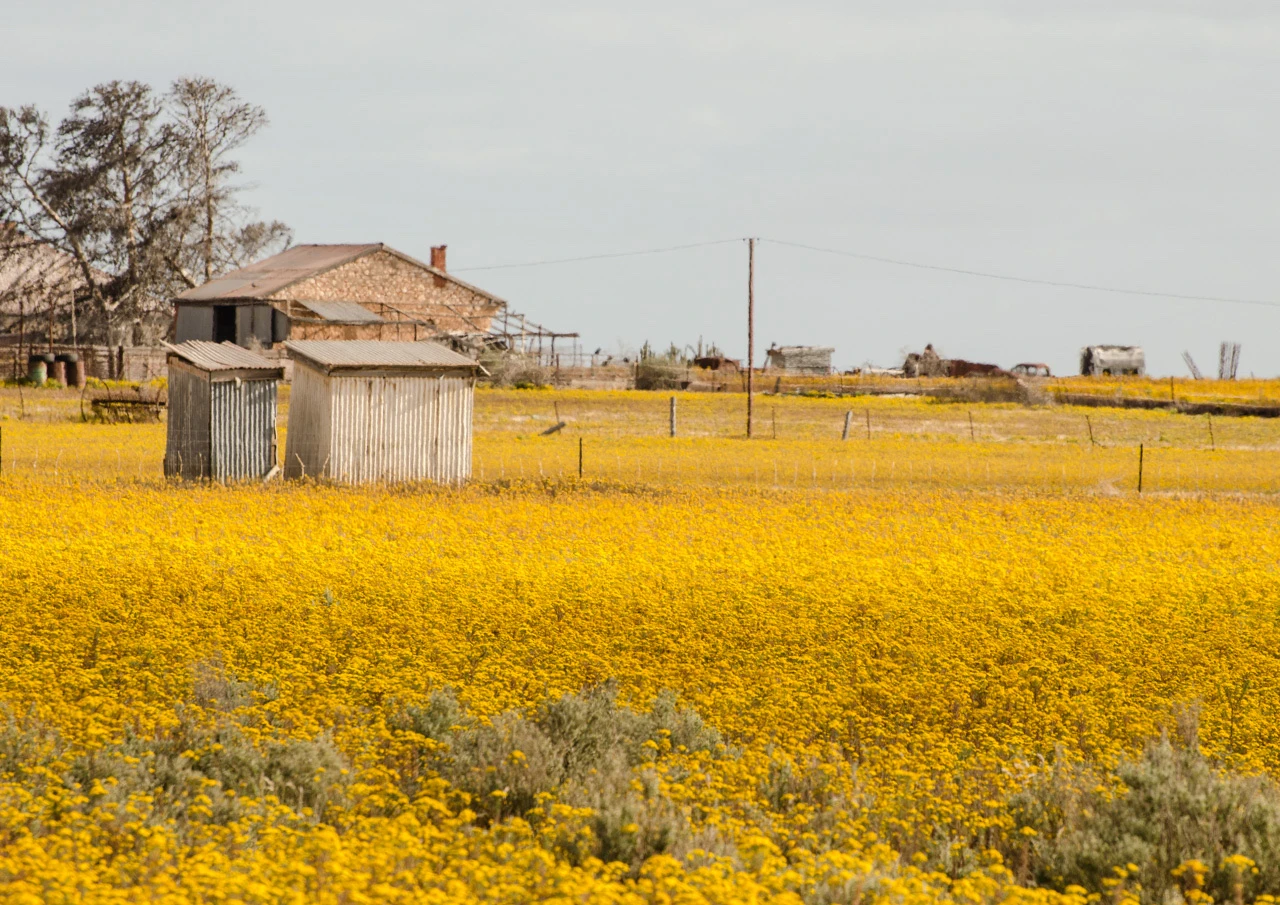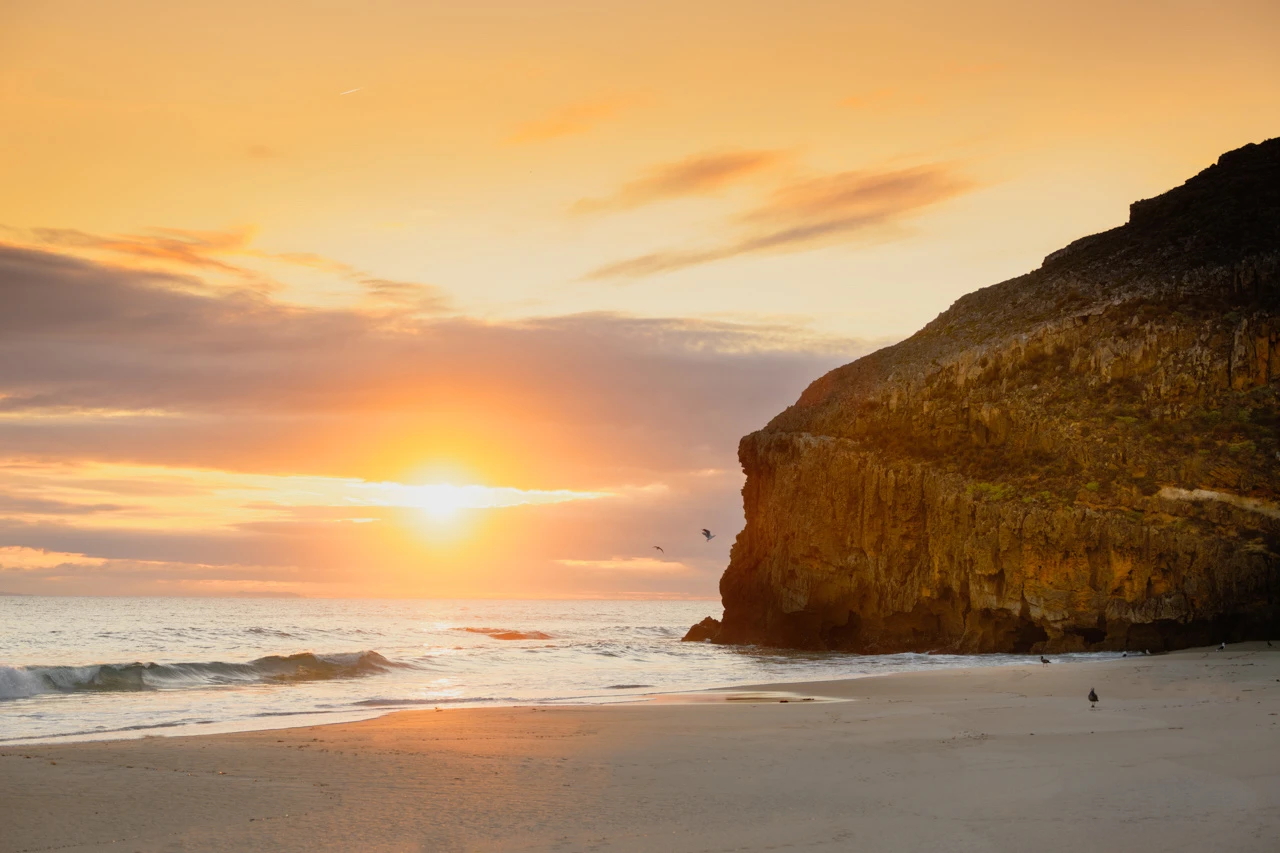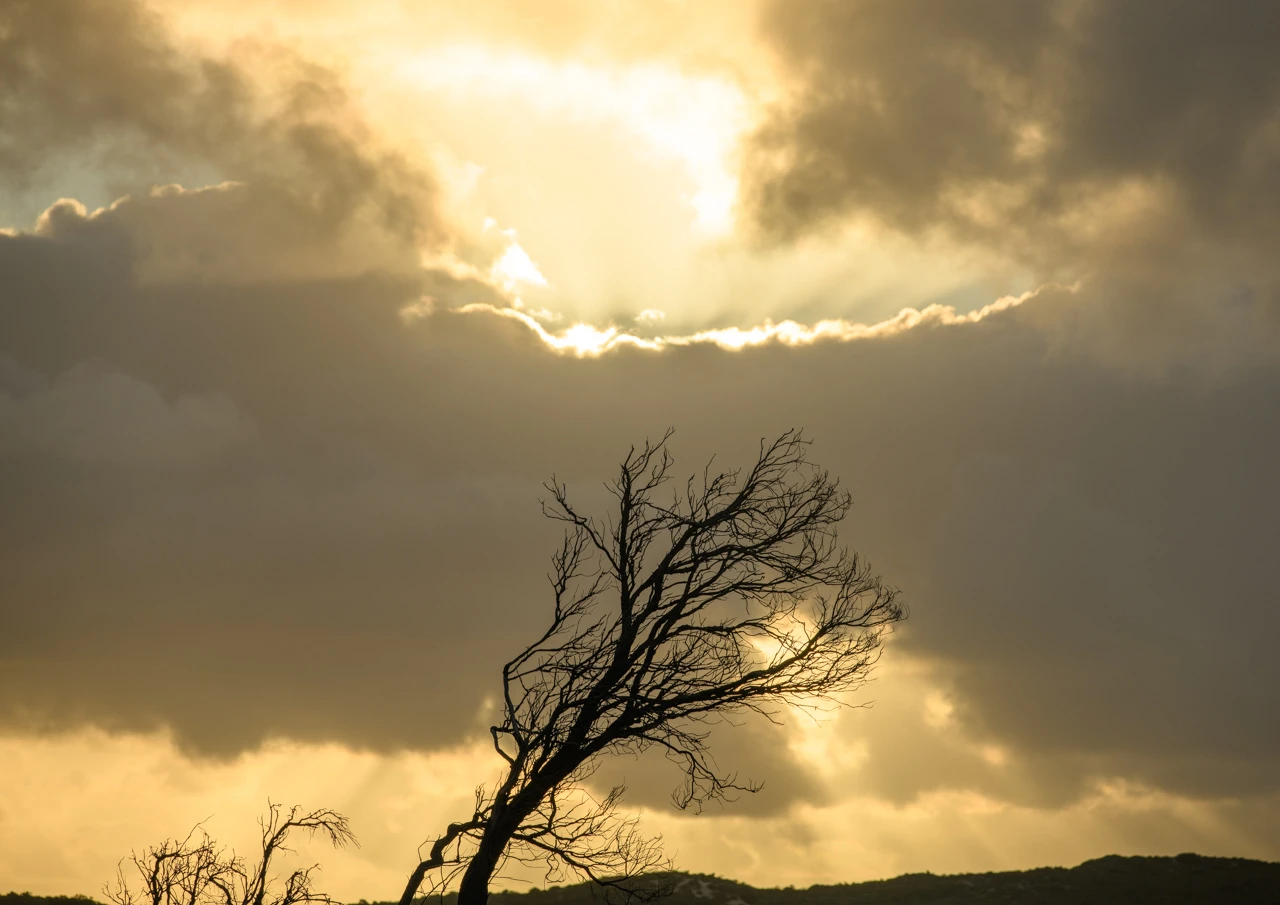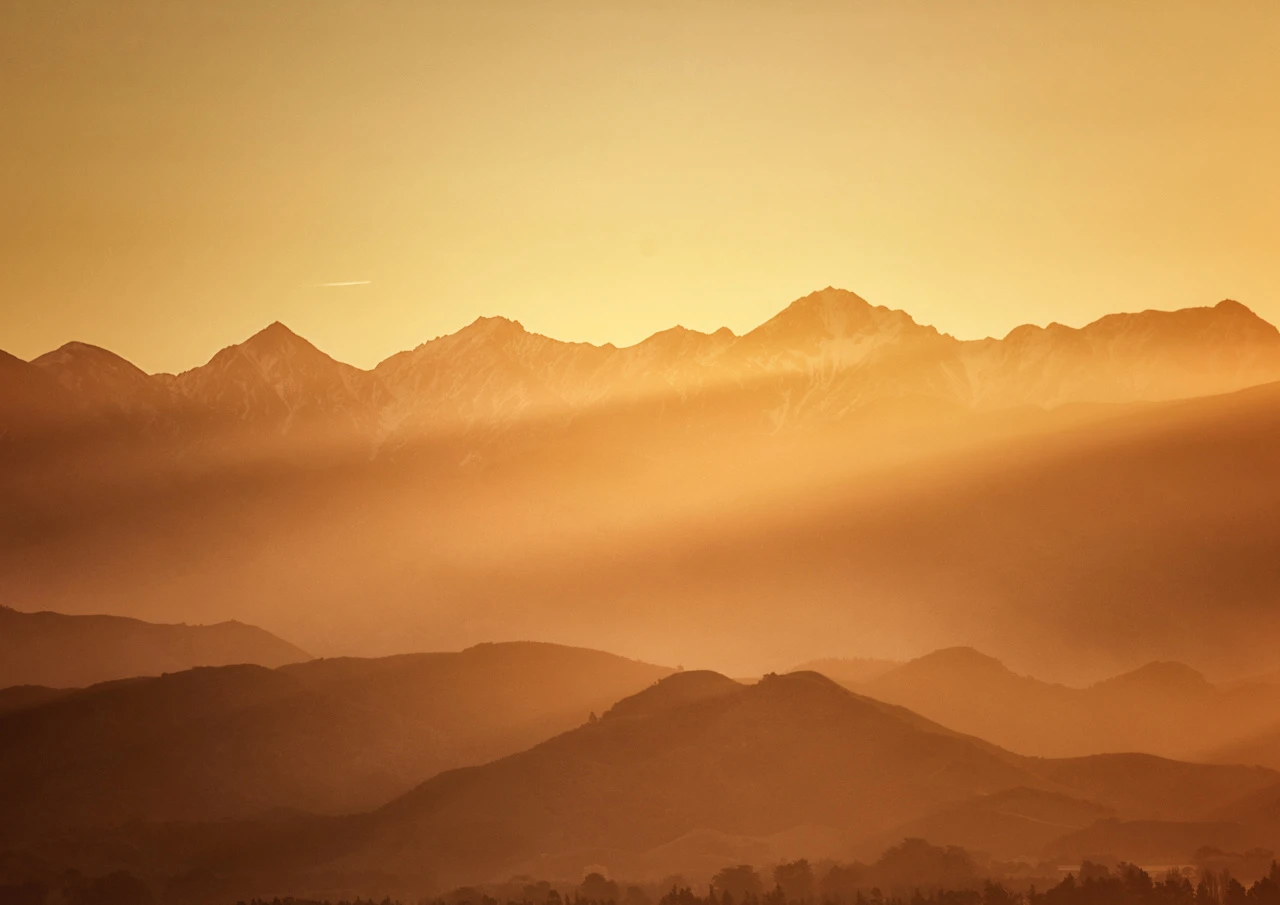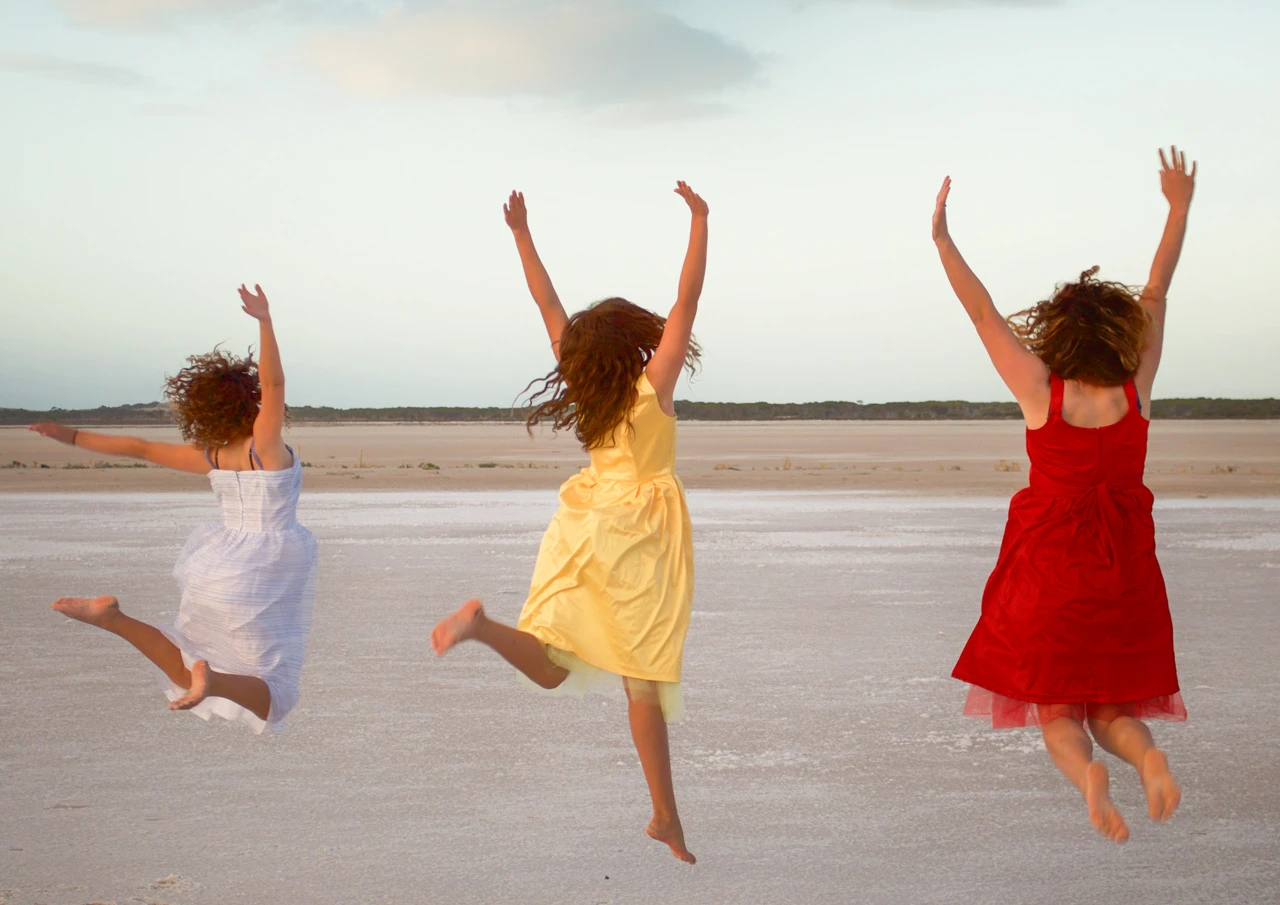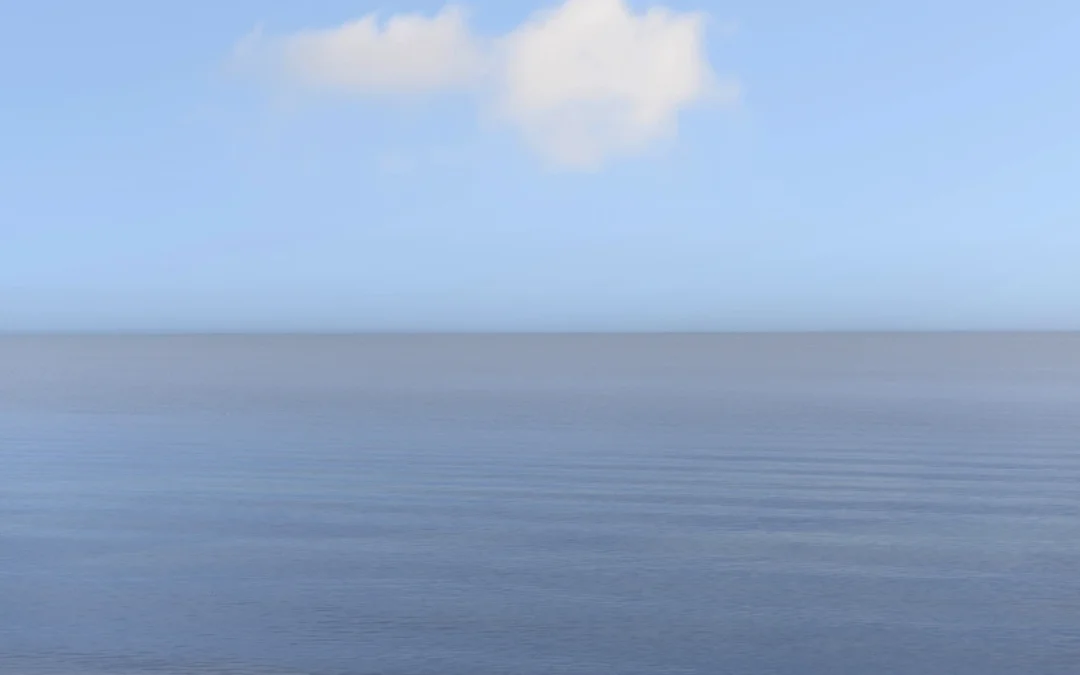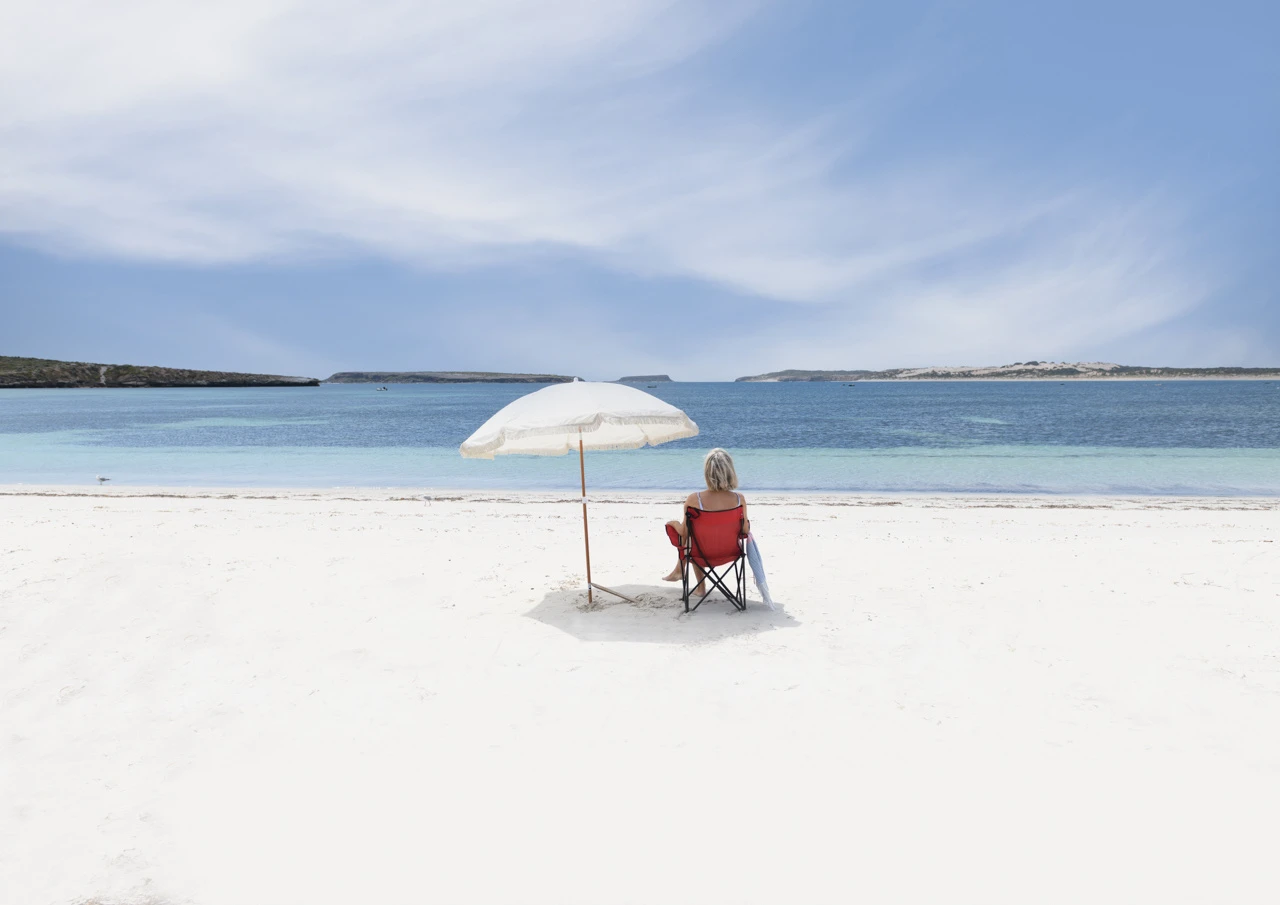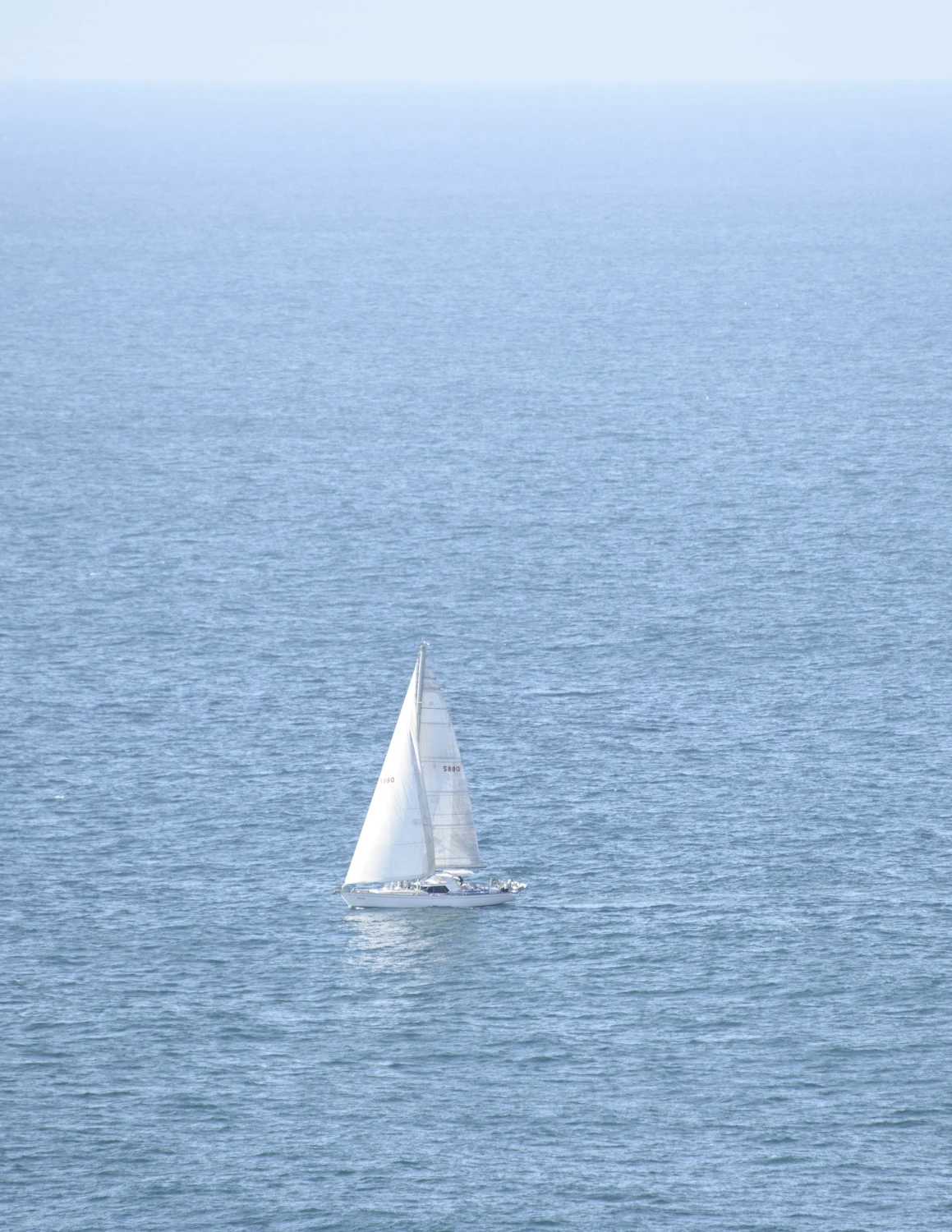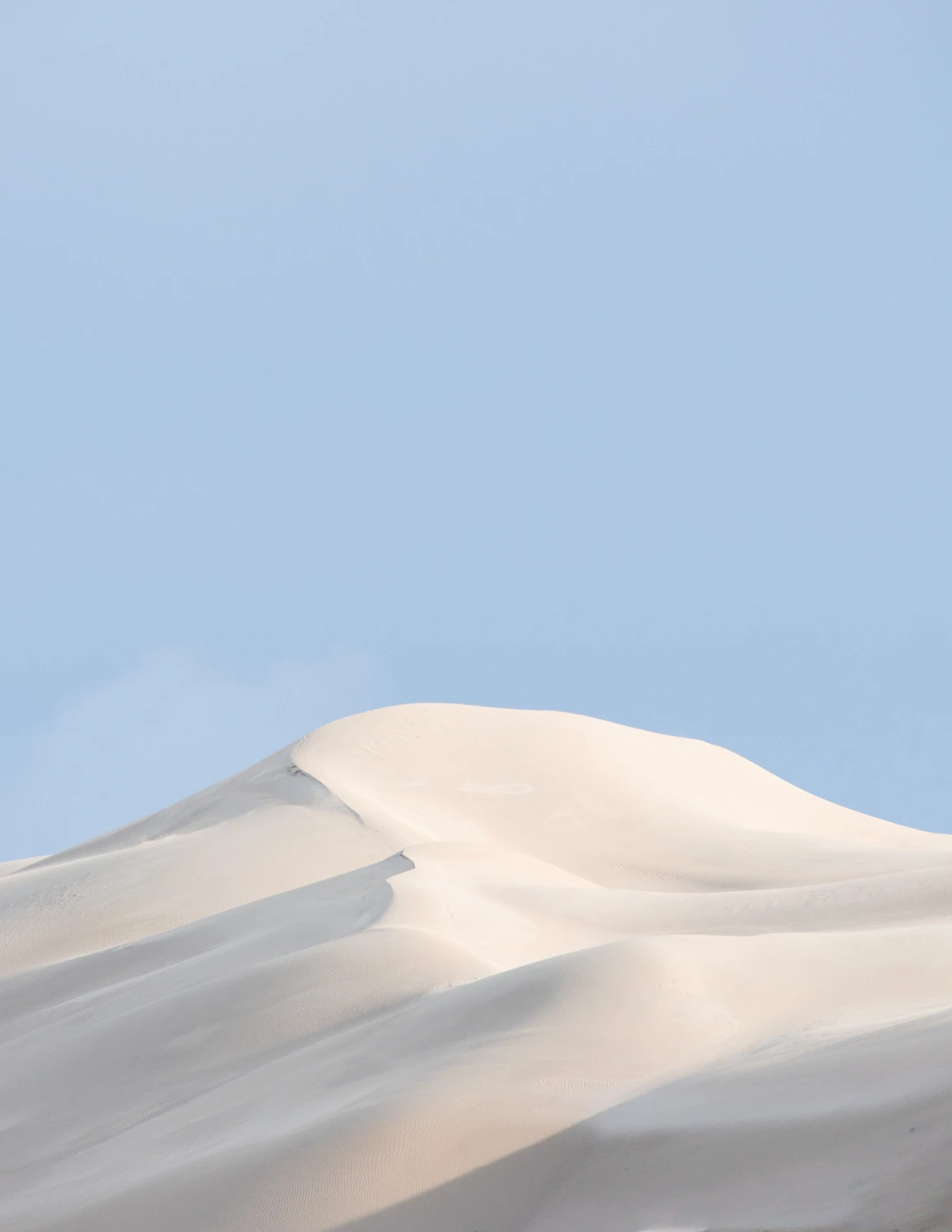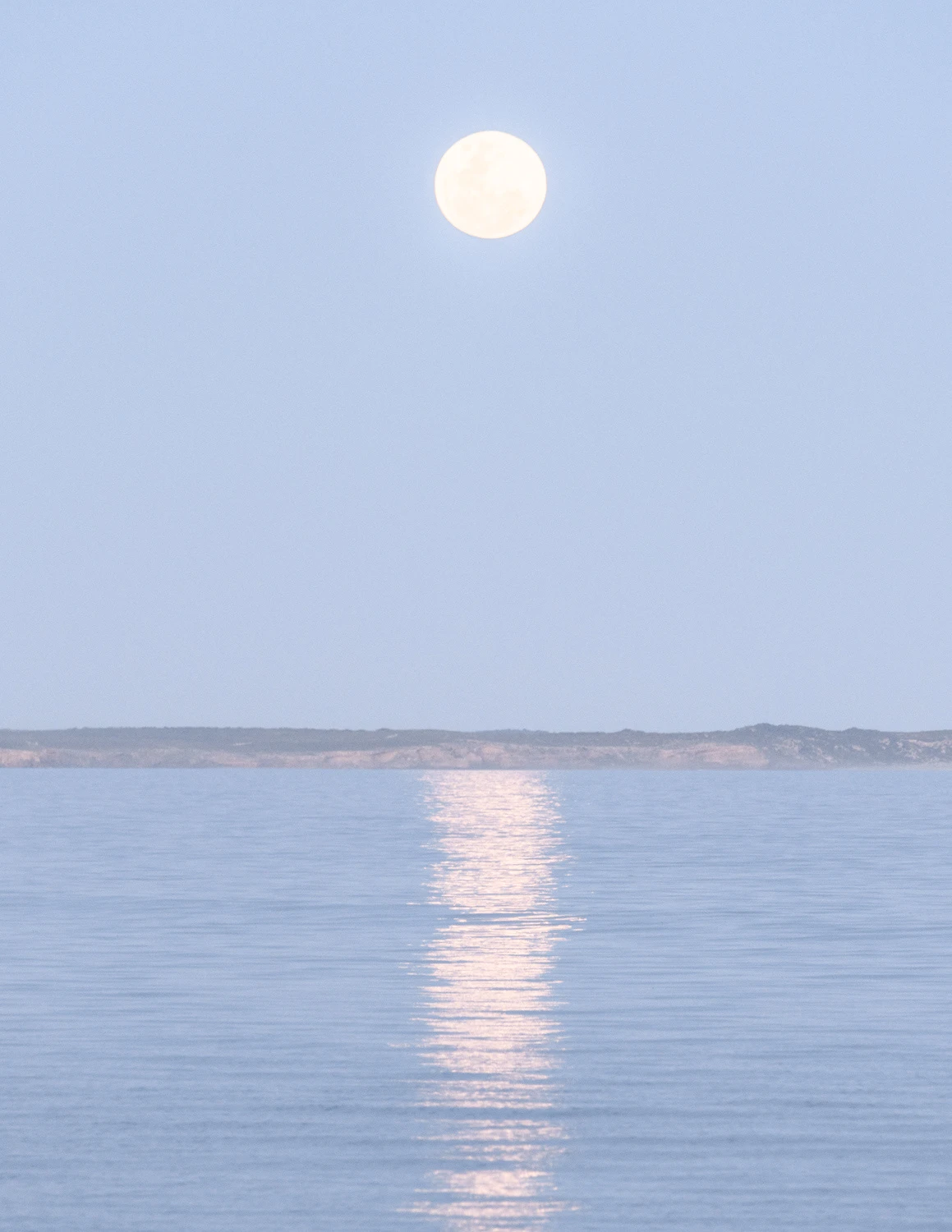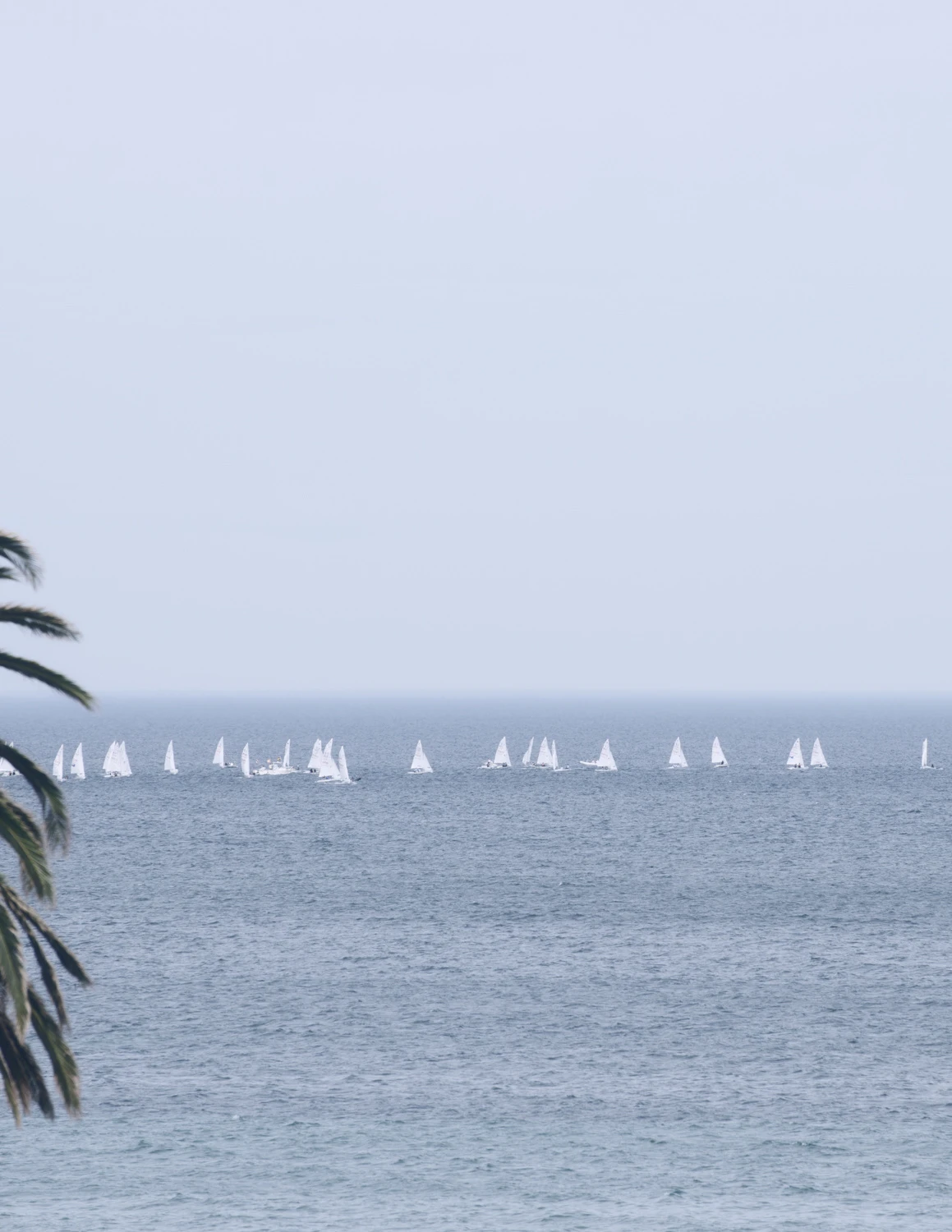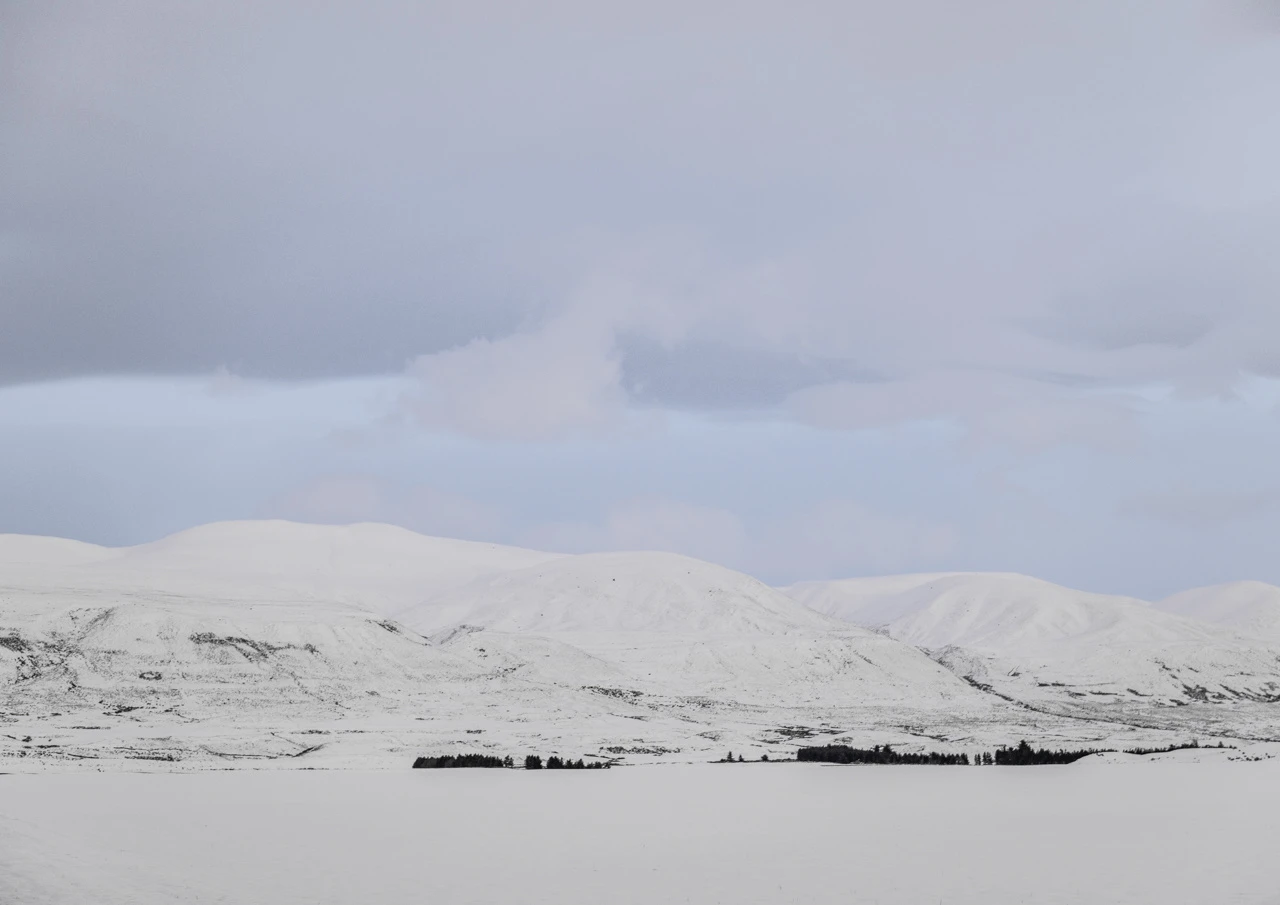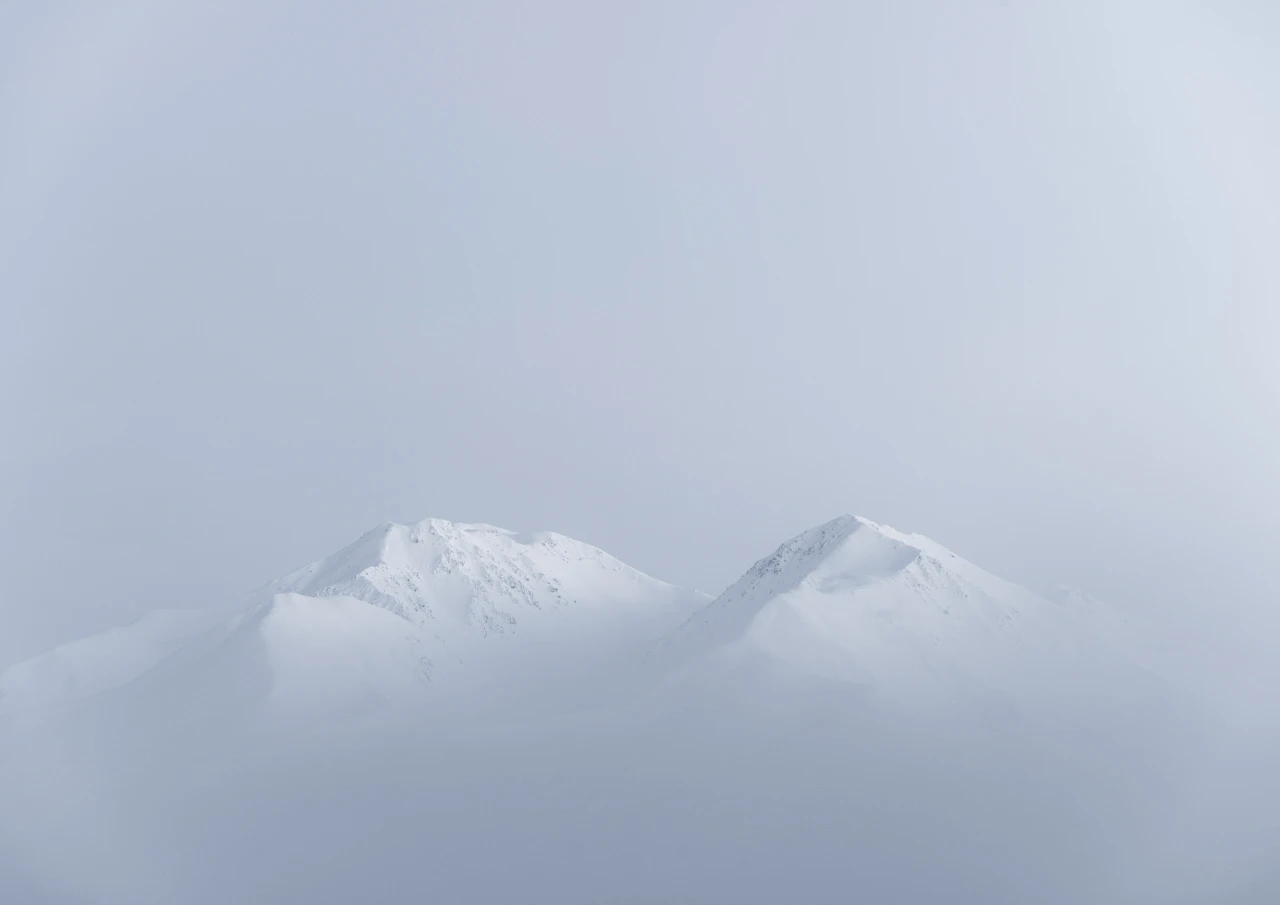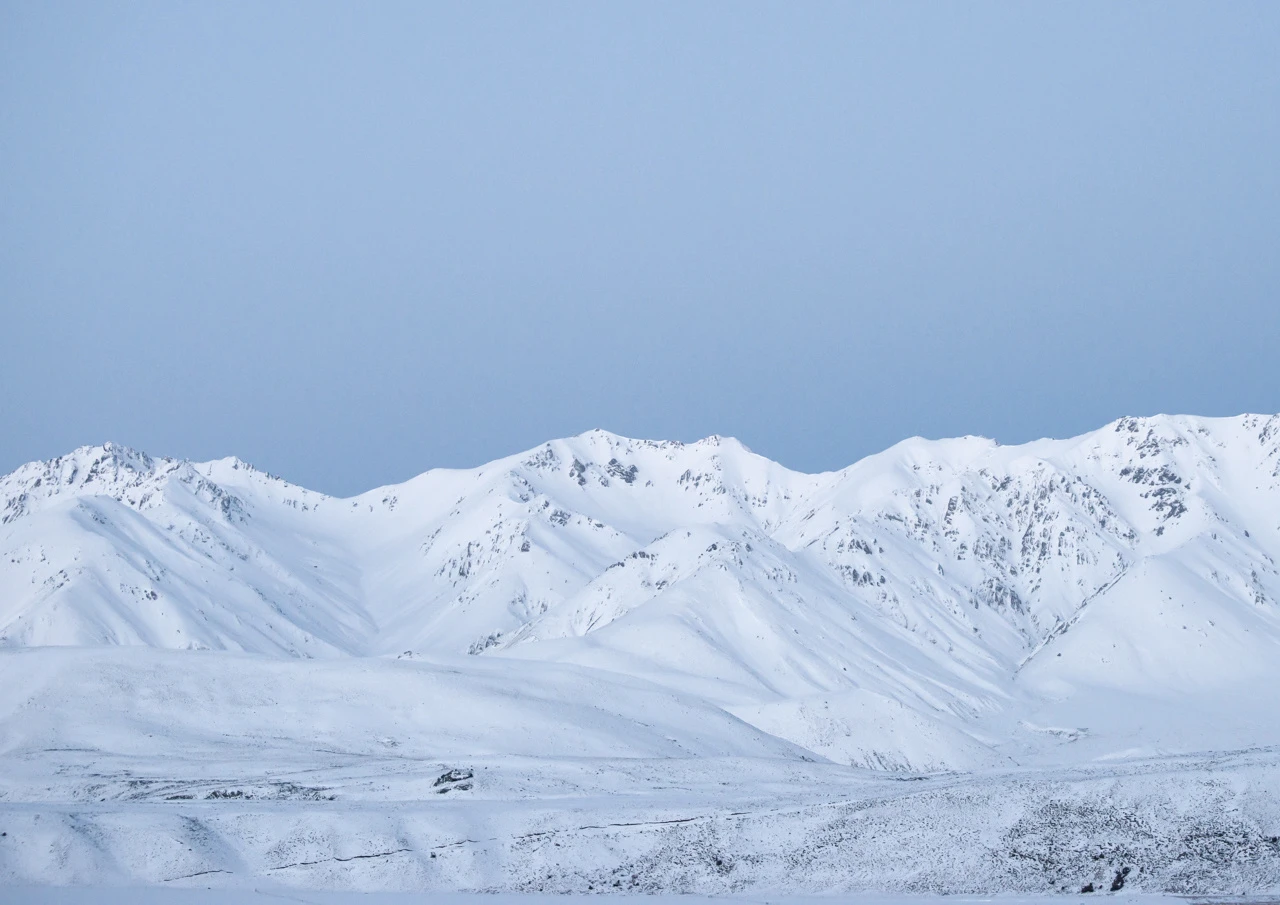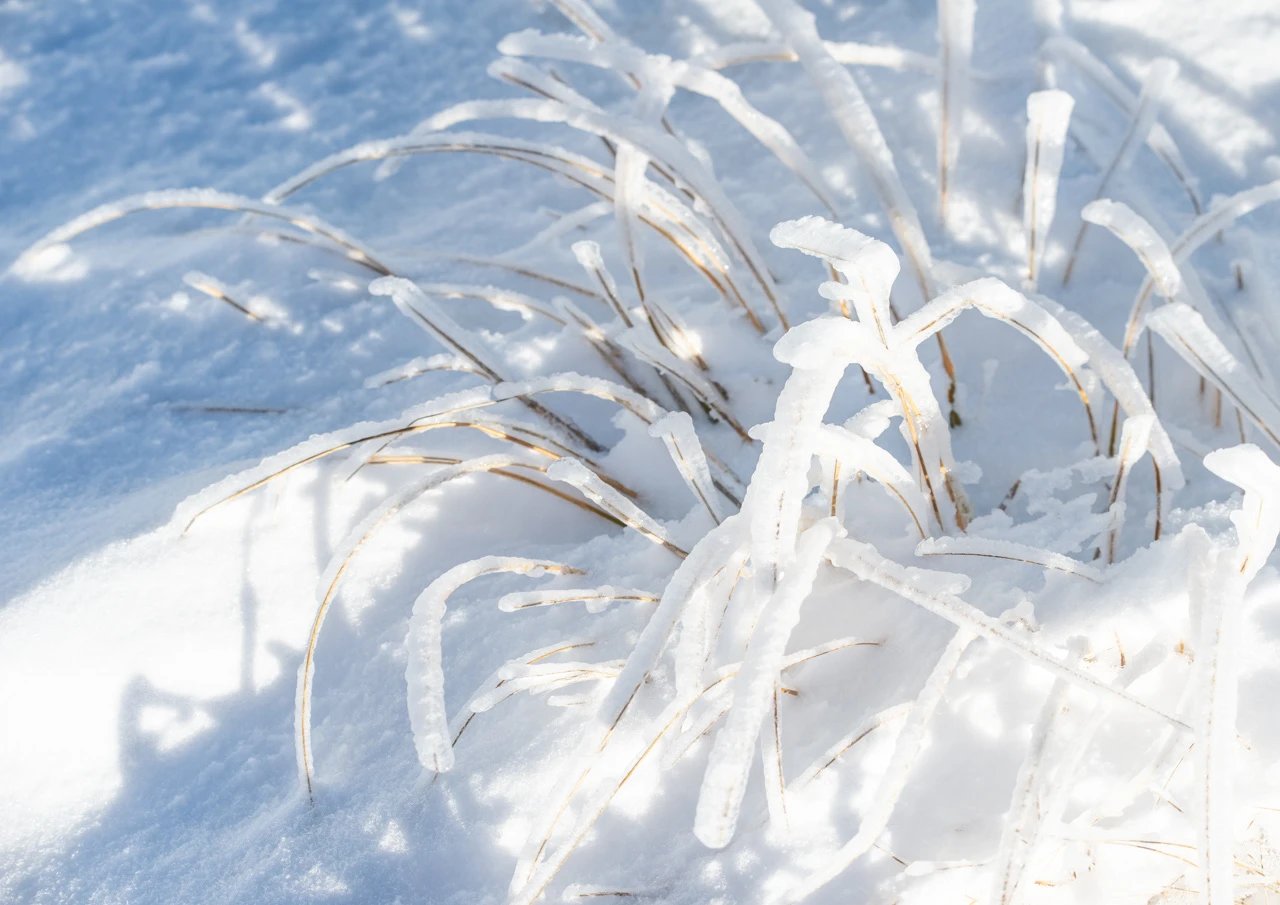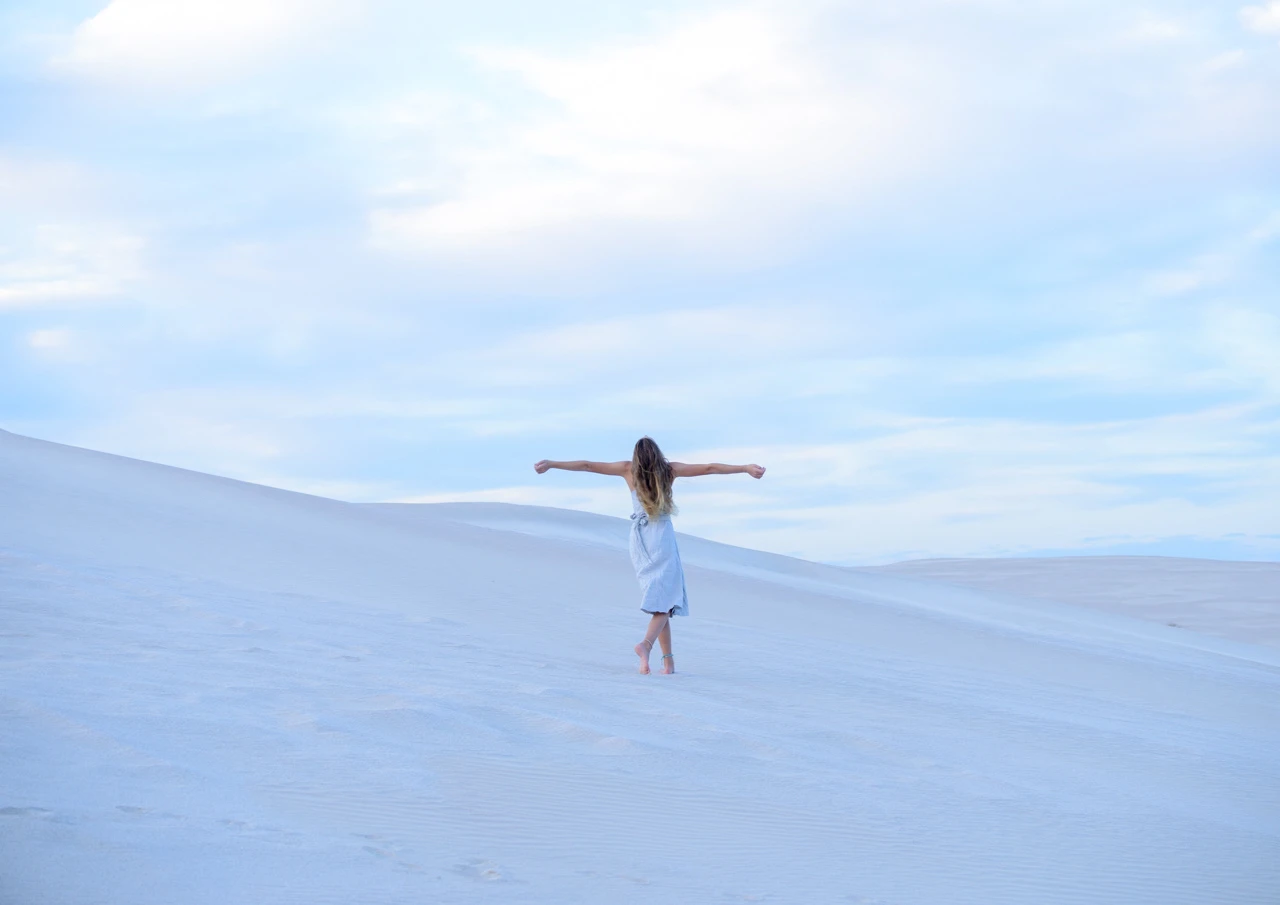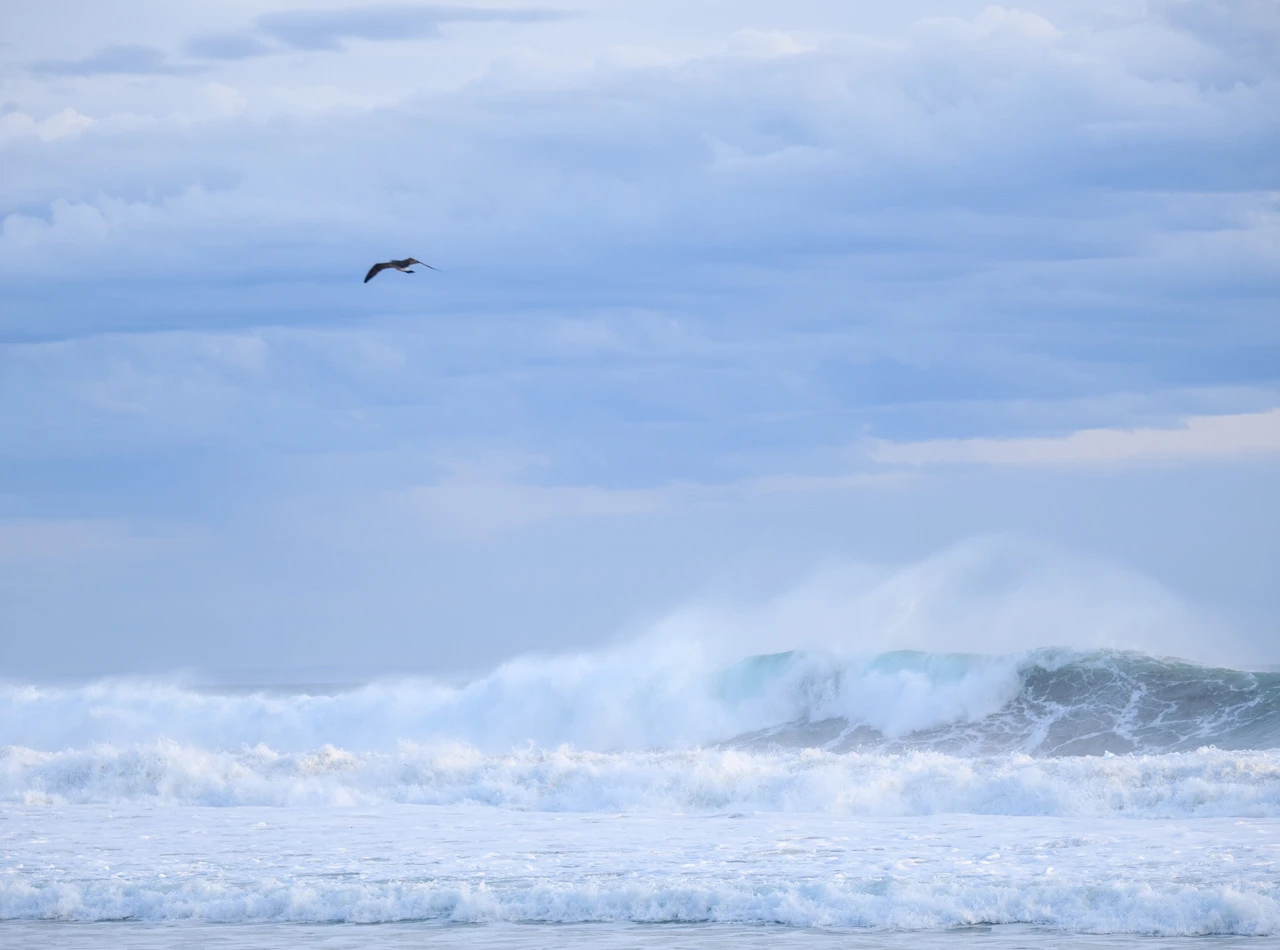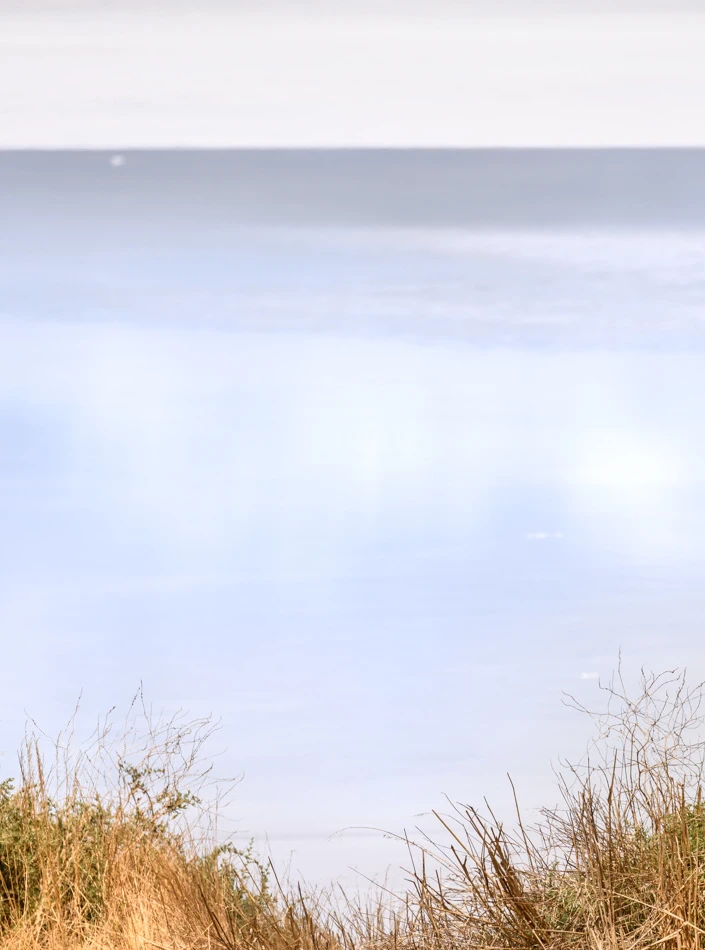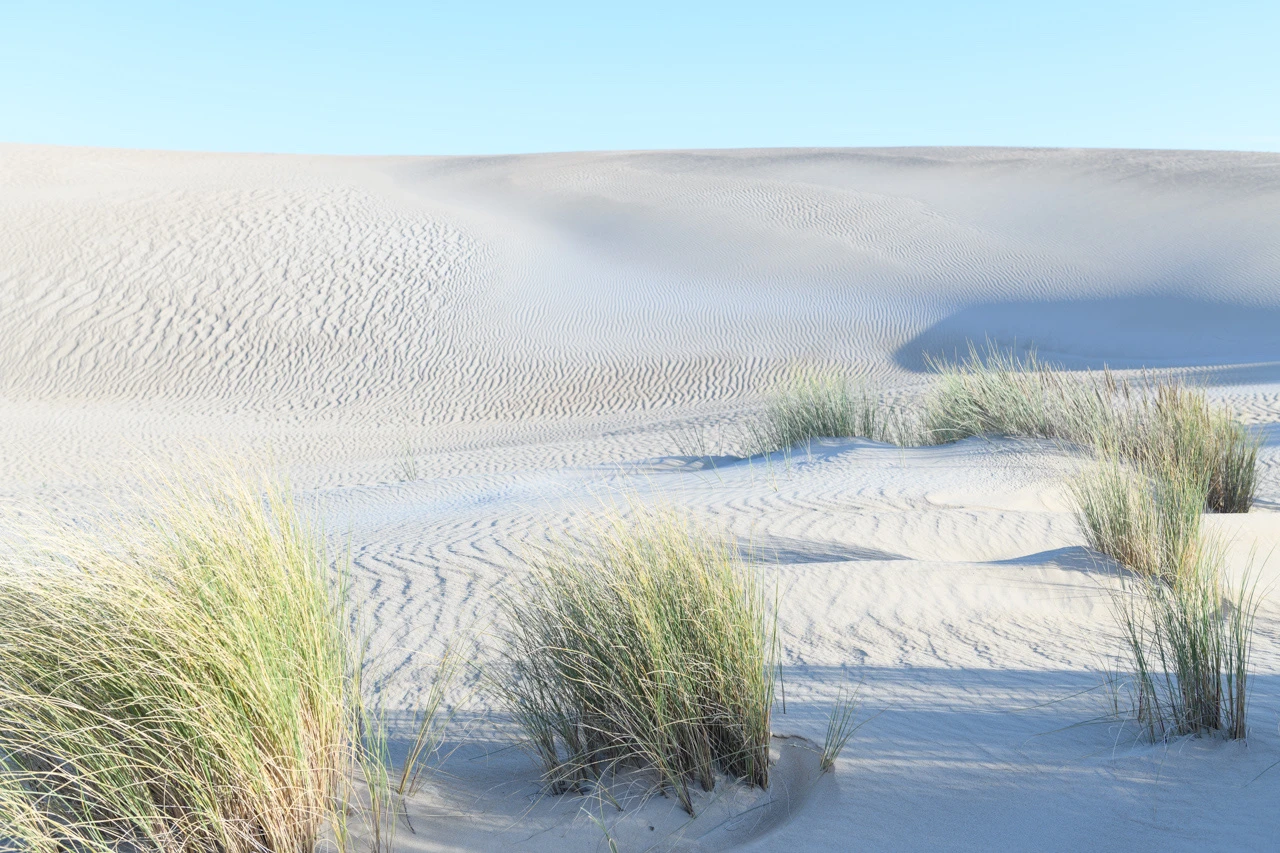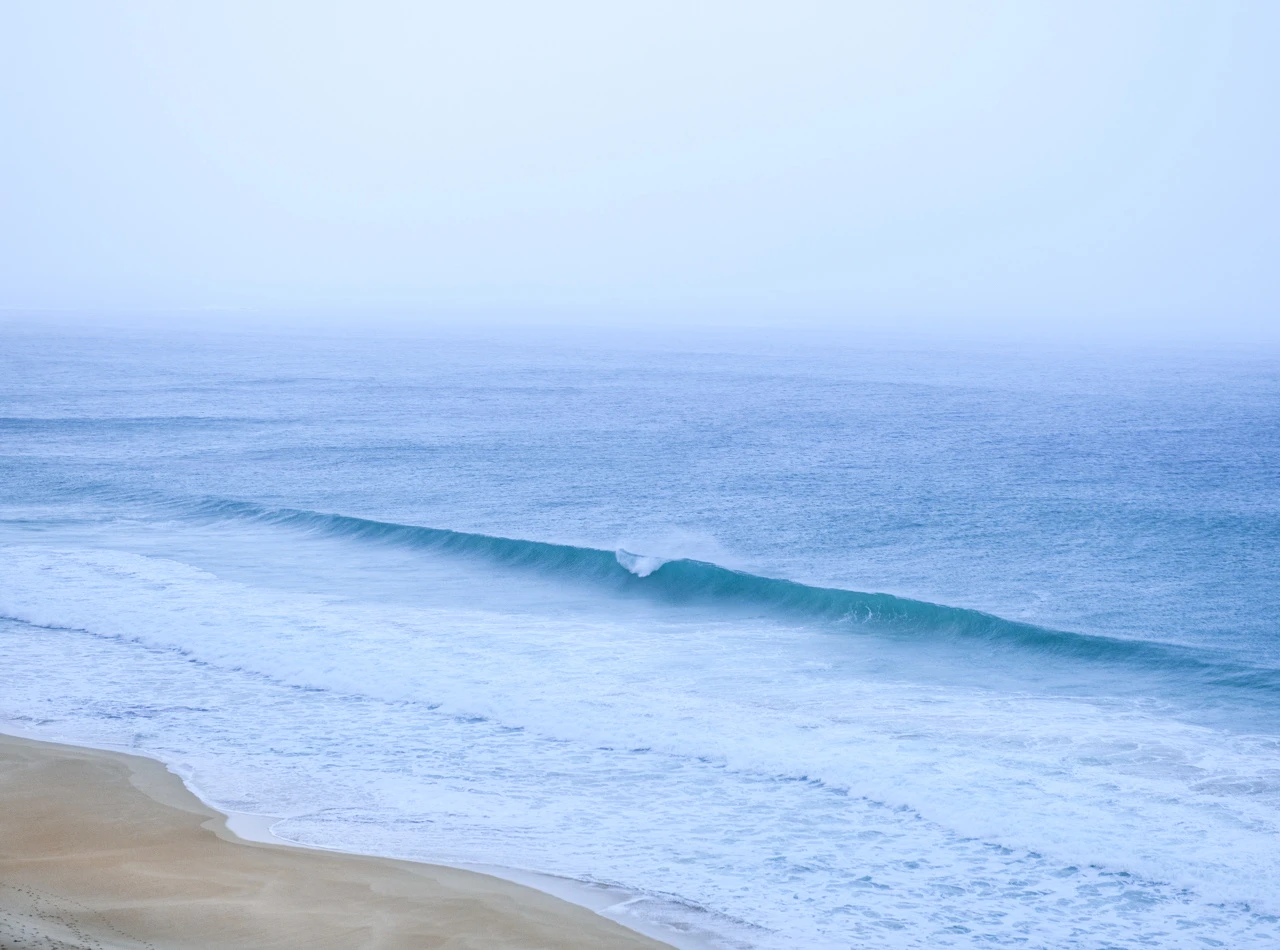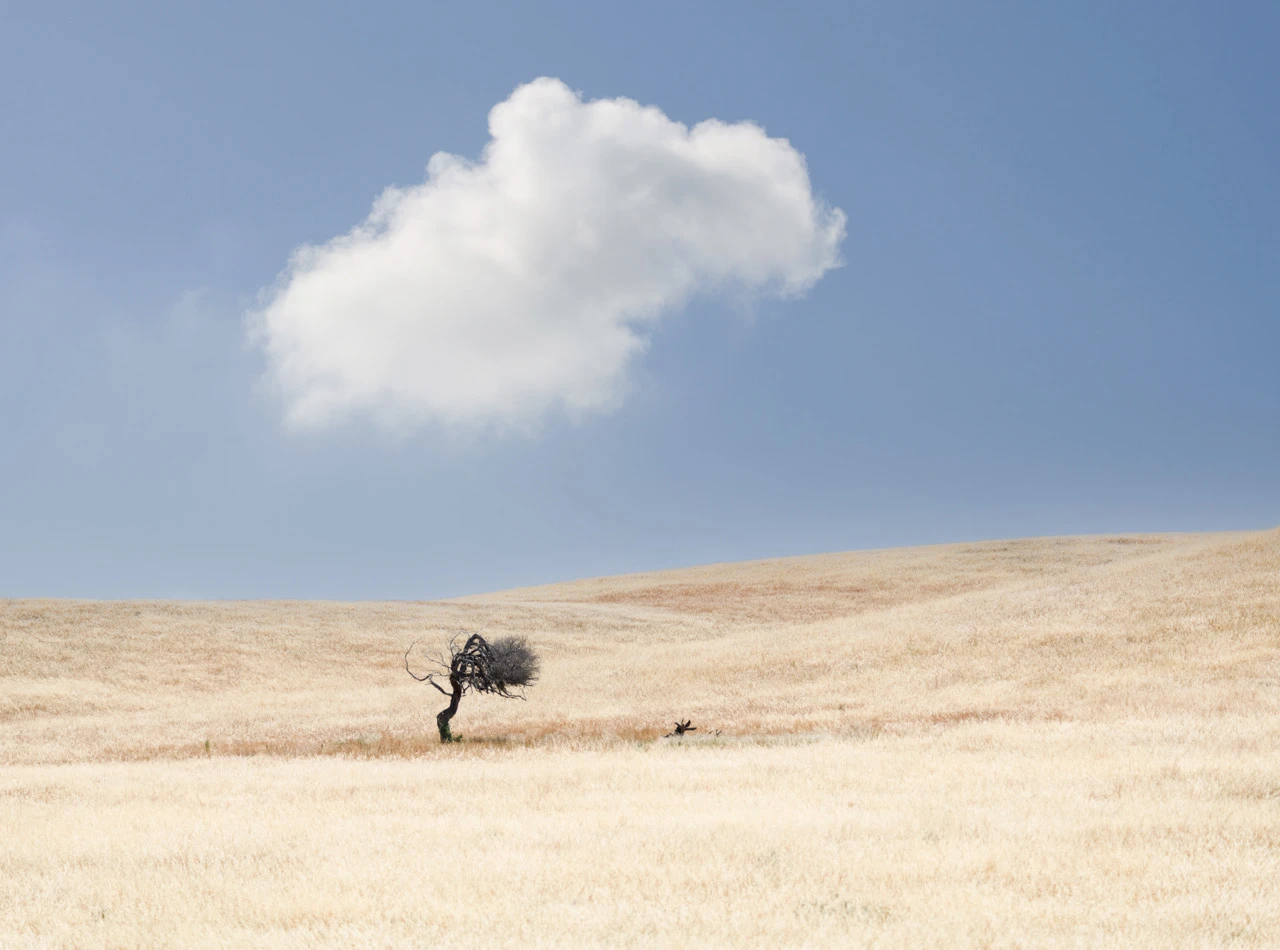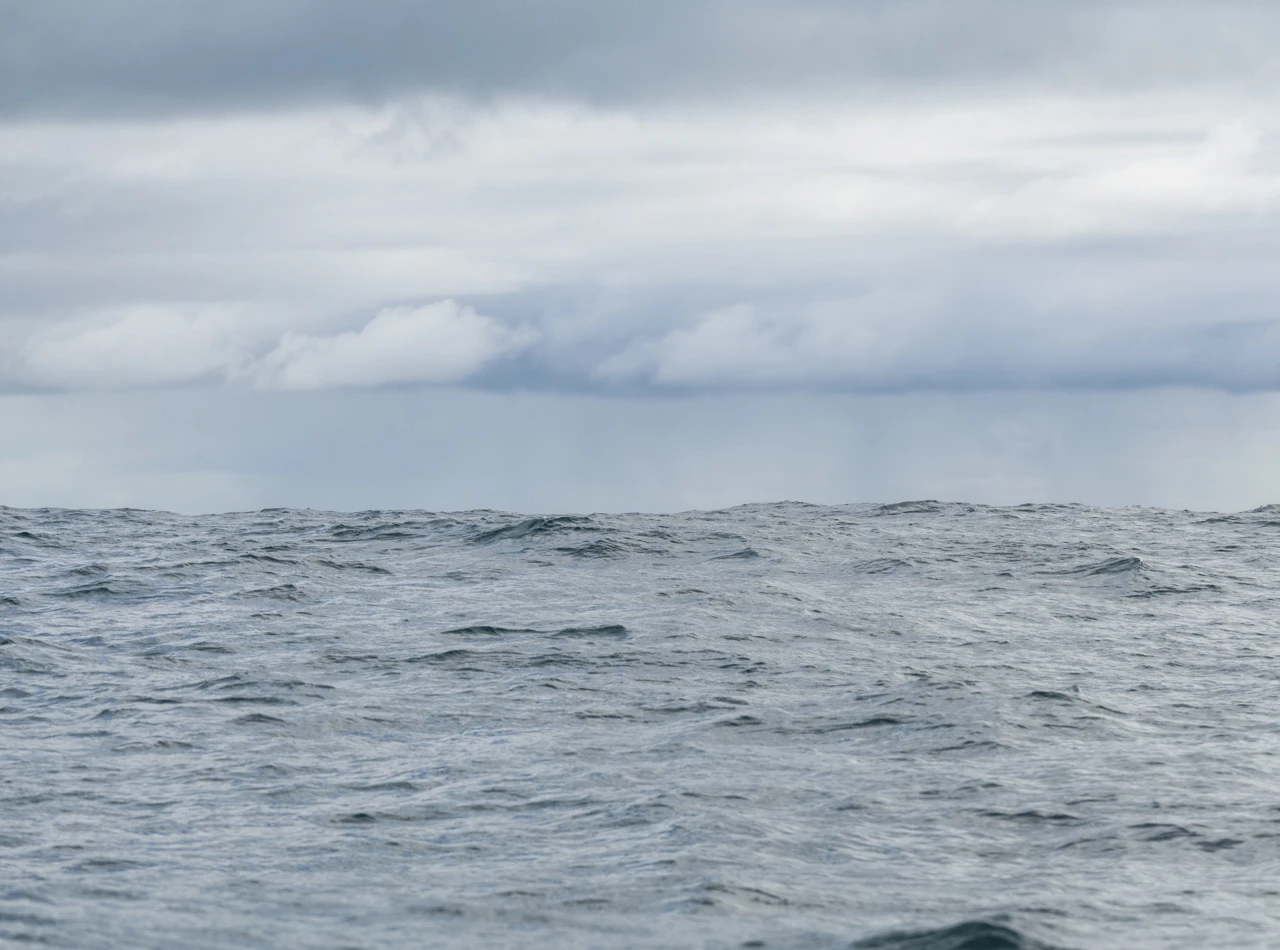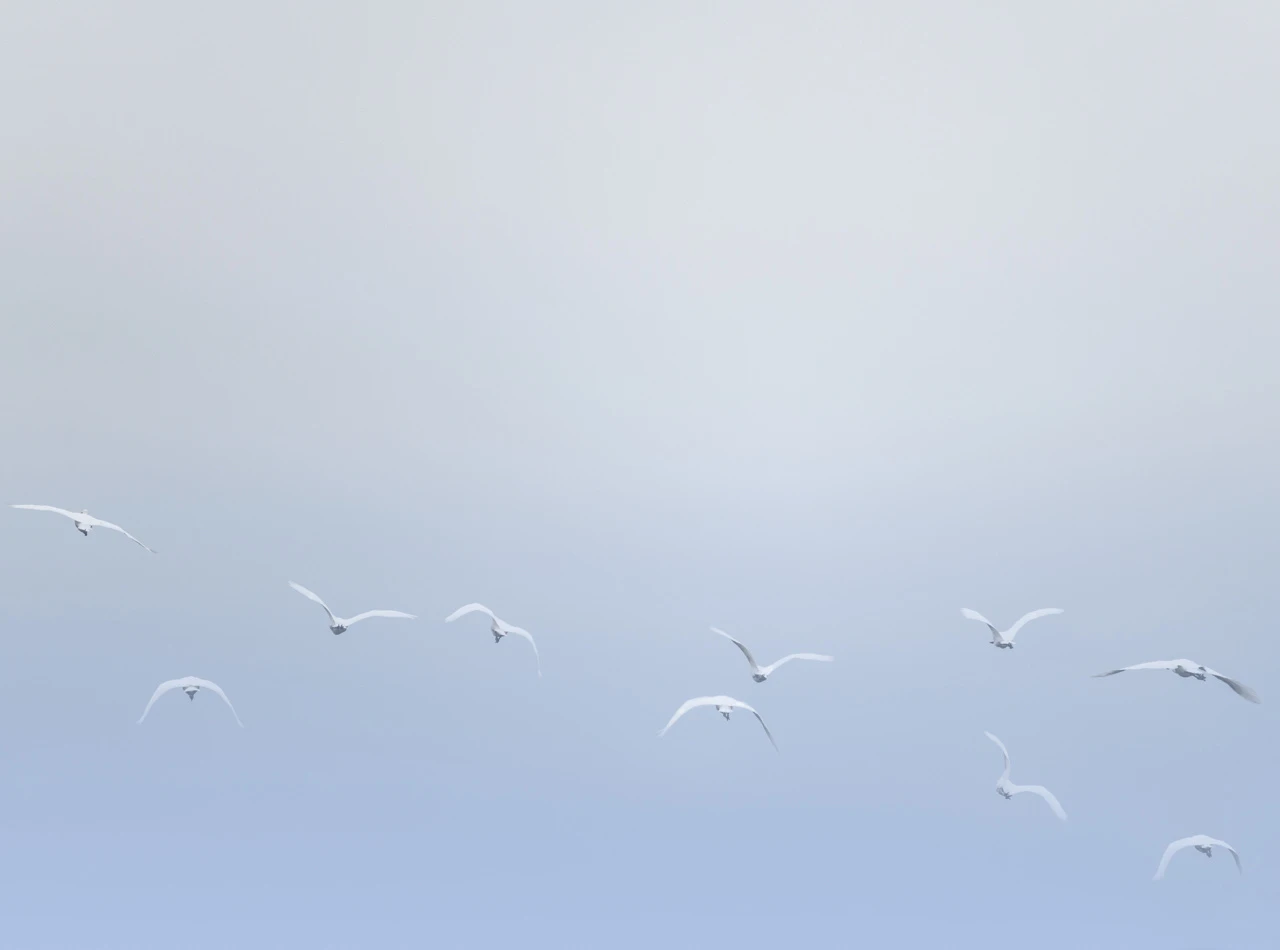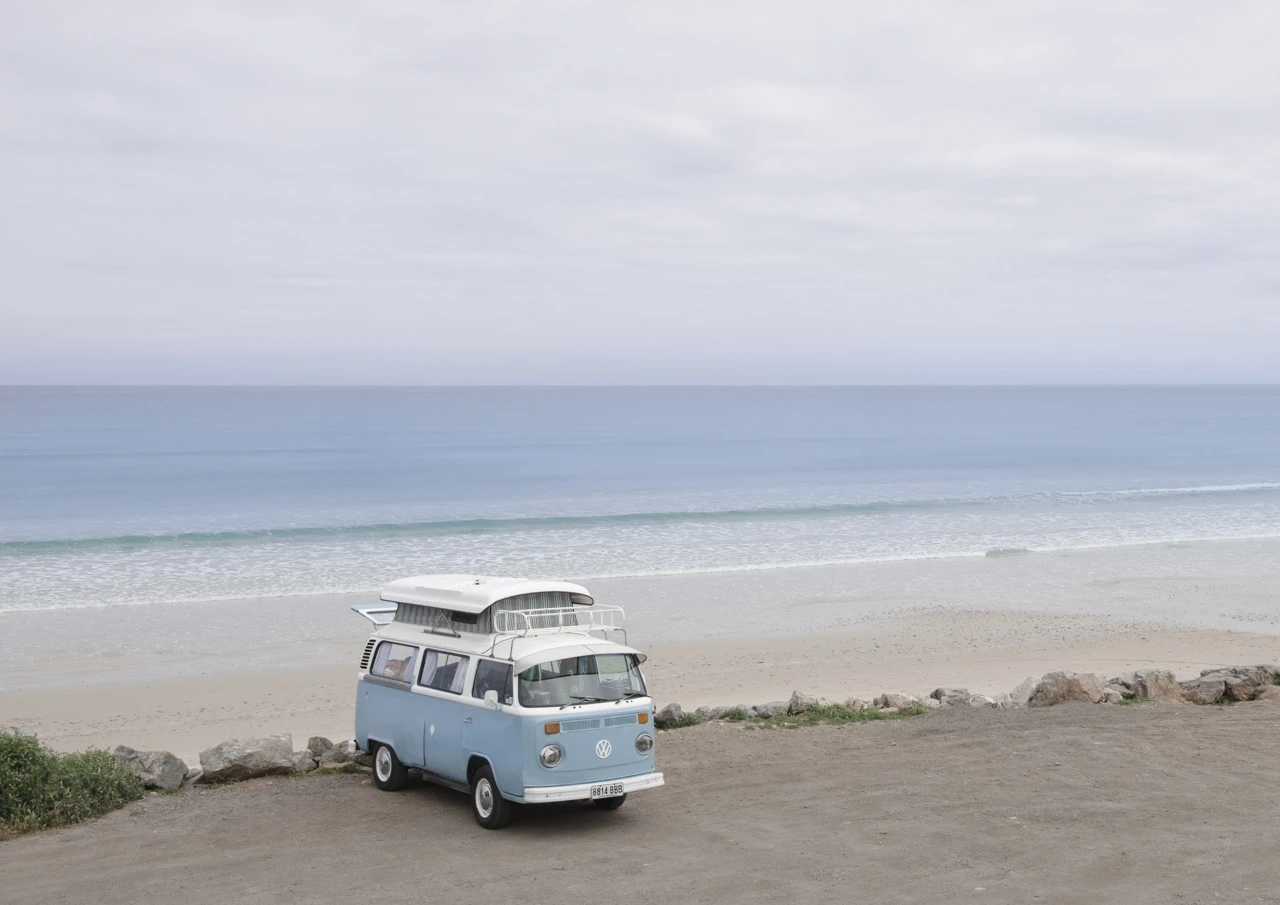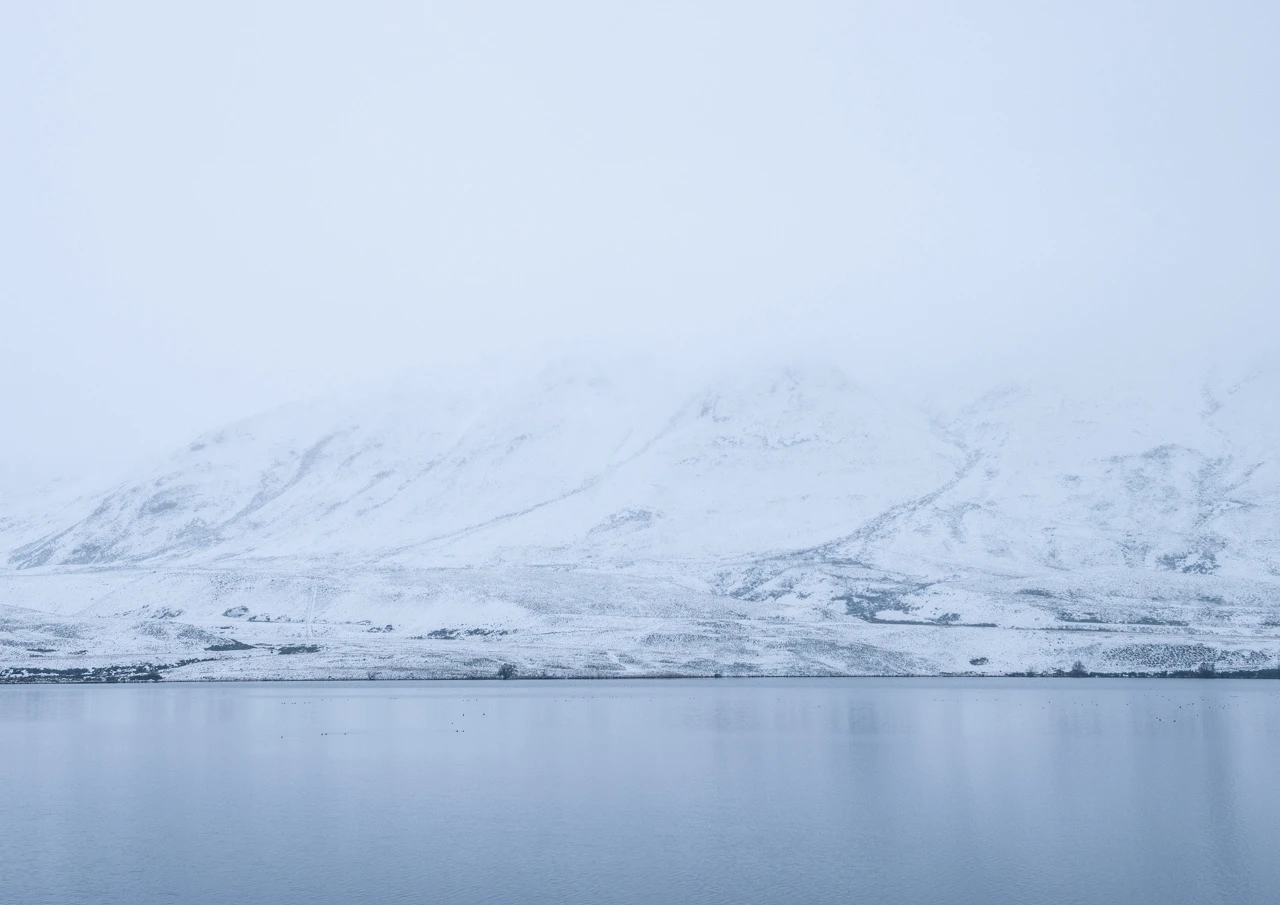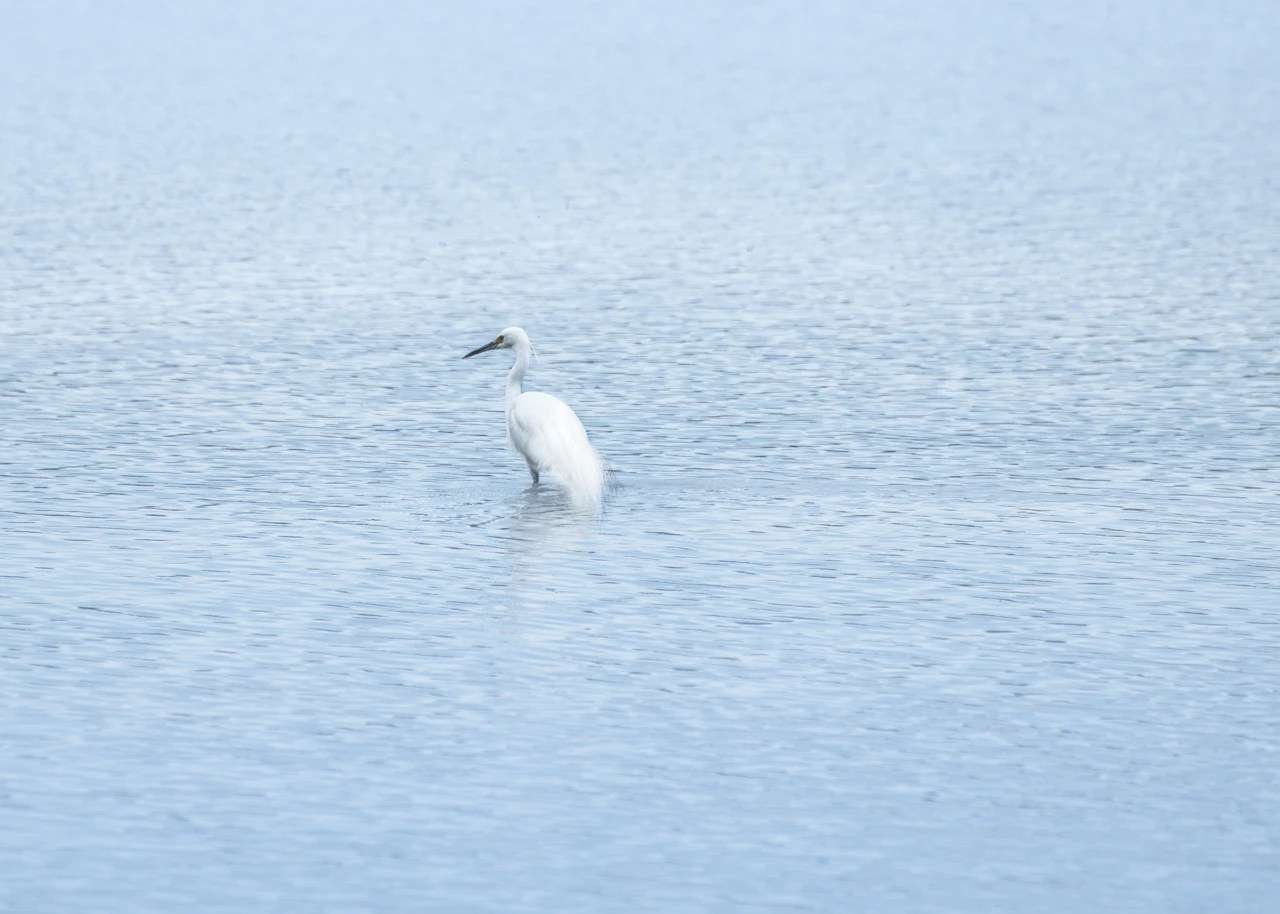
Looking back….Photographing a huge winters storm

Winter is here in South Australia and I am waiting once again for the stormy conditions that reguarly hit our coastline in and around Yorke Peninsula.
Whilst I wait, I look back at some of the times that proved worthwhile as a photographer and spectator of lifes grand occasions!!
The 29th day of September 2016, proved to be quite the day to remember. Not before and not to this day have I witnessed winds and sea spray so violent.
The bottom end of Yorke Peninsula has two beaches which are exposed to the open ocean and regularly get huge waves washing in. Ethel’s Beach and West Cape beach. On this particular day the skies darkened and the winds roared into these two beaches making the waves quite exceptional.
At that time we lived in Adelaide and I decided to rent a cottage and drive 4 hours to these beaches.
I was determined to get some shots, however in such weather conditions this proved extremely difficult. The rain just smashed against myself and my camera and I got soaked, and I mean SOAKED, drenched, saturated, in one second. So I devised a few methods to try and get some photos. I would cover my camera in plastic bags and myself in a rain proof coat. Whenever the rain seemed to have a slower spasm I would dash out grab about three photos and dash back into my car. Walking to any of my favourite locations proved impossible.
Beautiful, violent, magnificent and so brutal and powerful. Sea spray and mist towering up into the sky, winds stronger than black holes in the sky, and clouds dropping buckets of water on silly human photographers who thought they could outrun the earthly elements.
Due to these haphazard conditions all the photos look a bit hazy as focusing on an object certainly was not a priority.
What an experience, all the power and phones went down, the roads were closed, so I had to stay in my accommodation a couple of extra nights until things were restored.

The two images above are of the storm rolling in, no rain as yet just a strong, howling wind.


Above…I travelled around the hill to Pondalowie Bay. If you look closely there is a tern flying above the waves. It seemed that some birds enjoyed the weather and flew against the winds.

Above…looking out from Pondalowie.

Above…In the bottom right hand corner the normally sandy path is flooded with a torrent of rushing water.




The two images above…looking towards the ocean, at Pondalowie cliffs, the misty seaspray would have been, I reckon, twenty times higher than myself. You can see vegetation in the foreground. This shot is taken from the car.



The weather over winter can be quite amazing. The waves that roll in are wild and the wind seems to add to the tumultuous conditions. I have read on google that the Southern ocean has some of the biggest waves globally.

